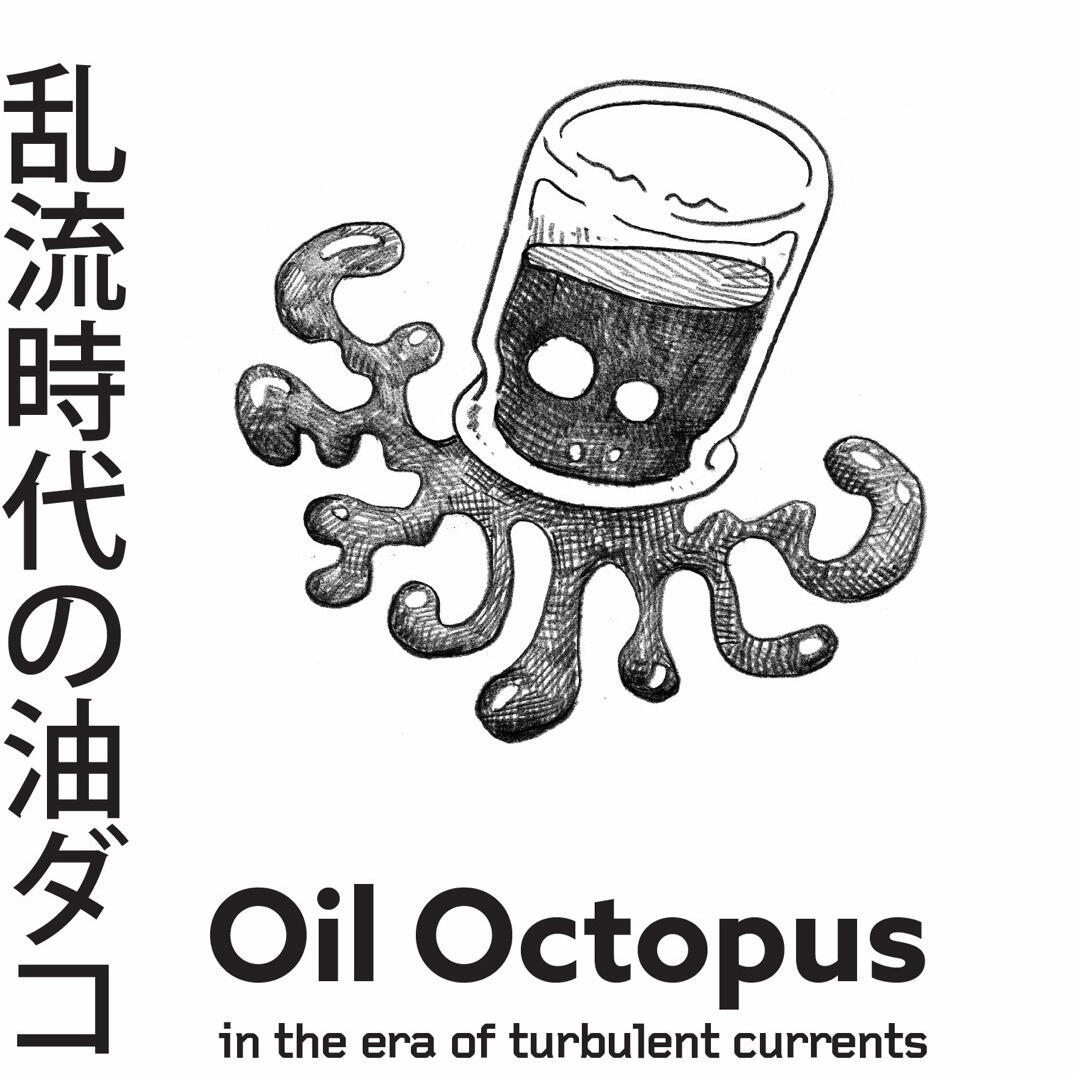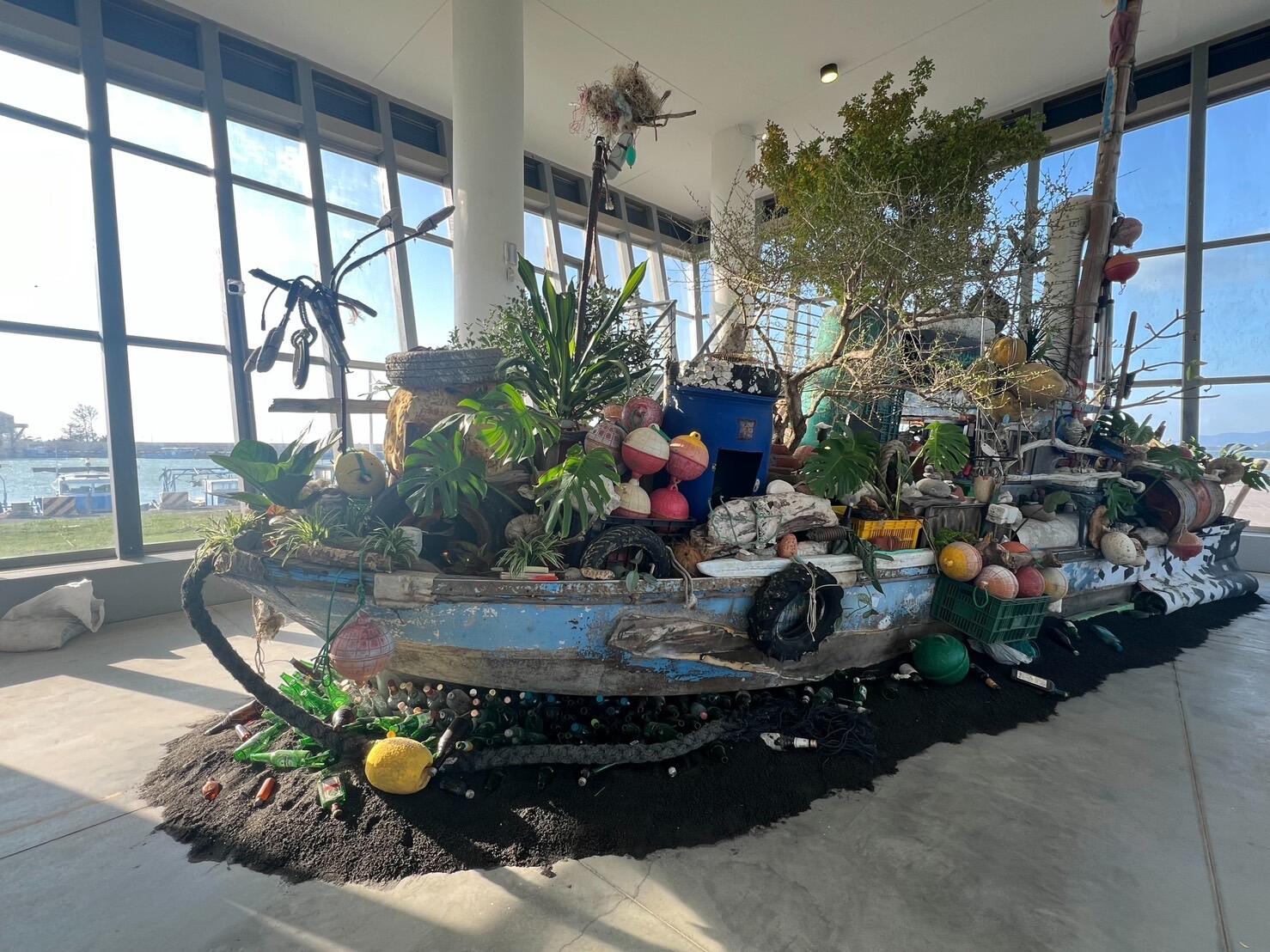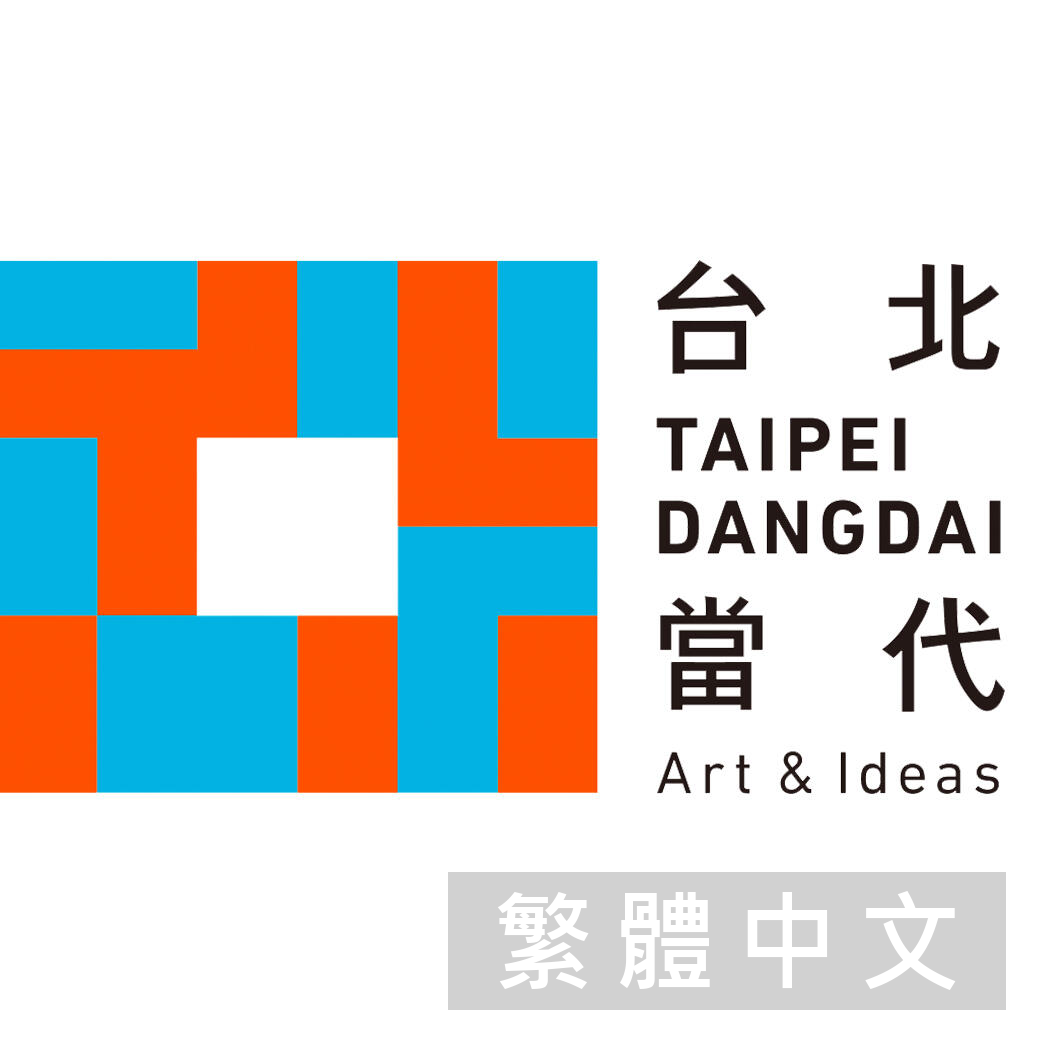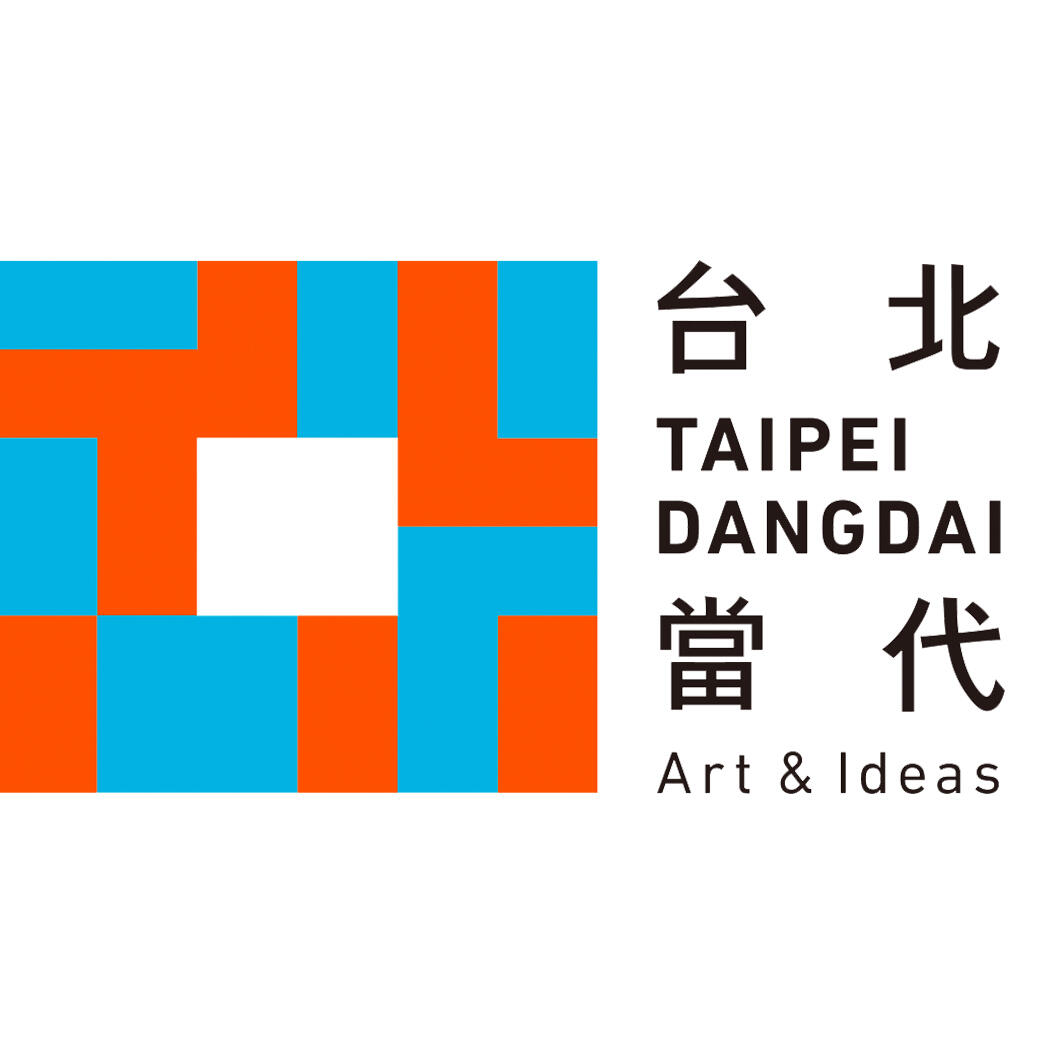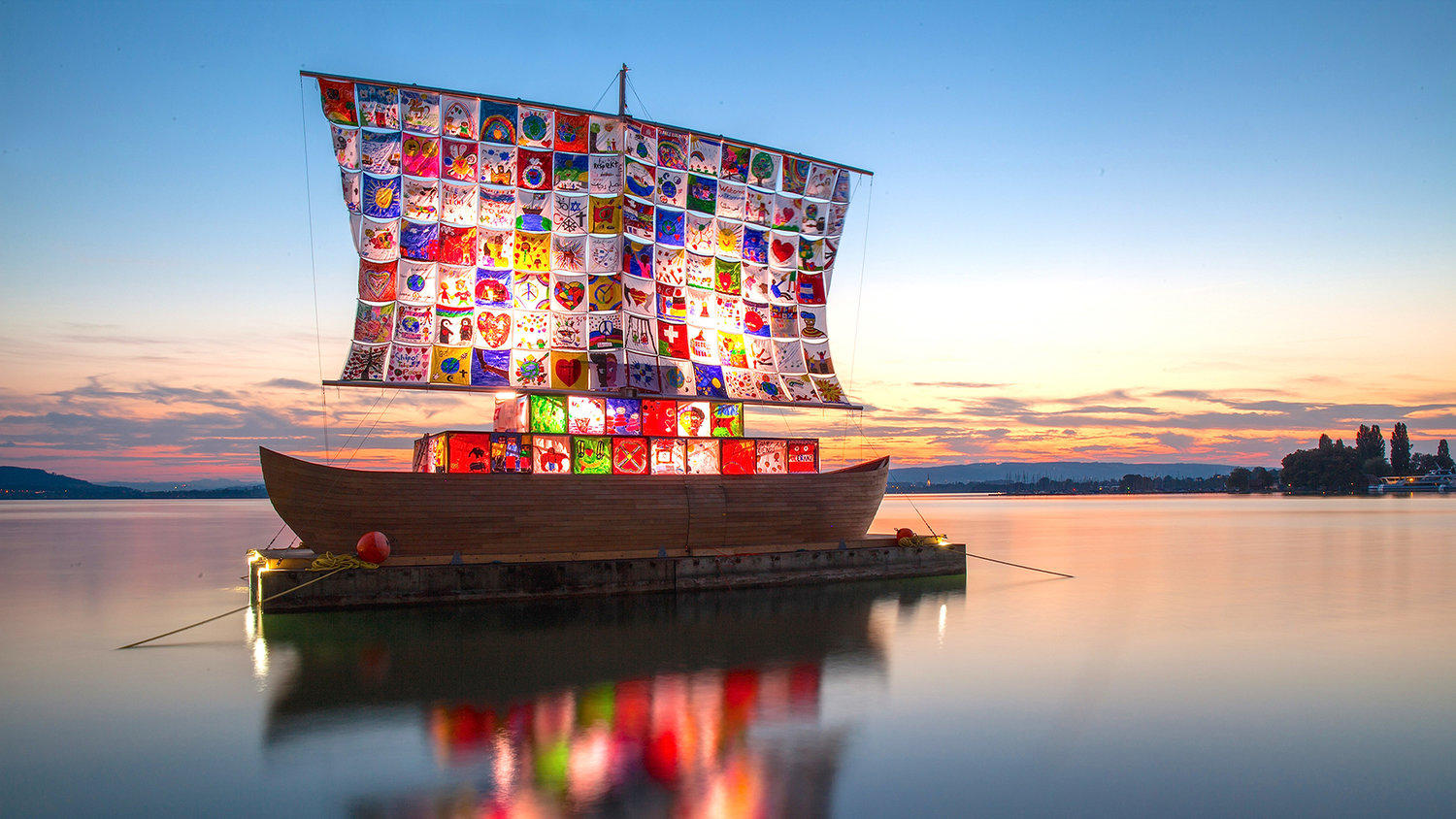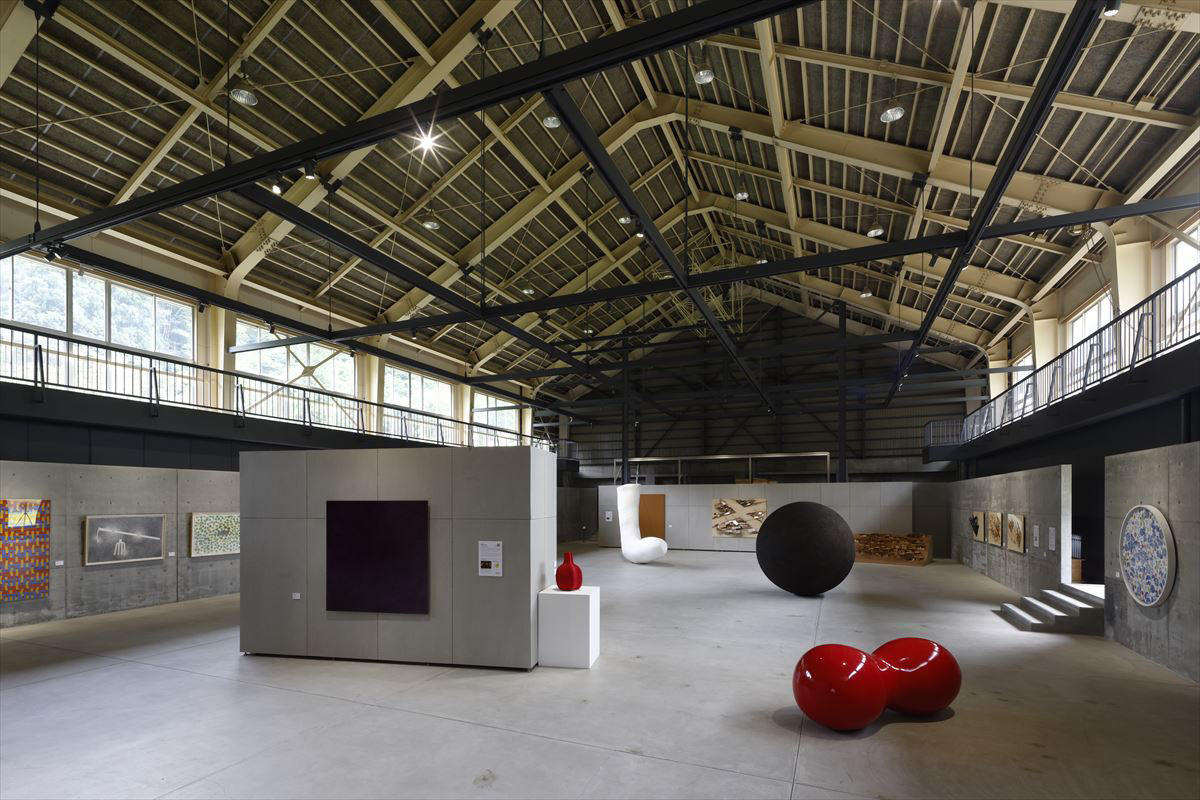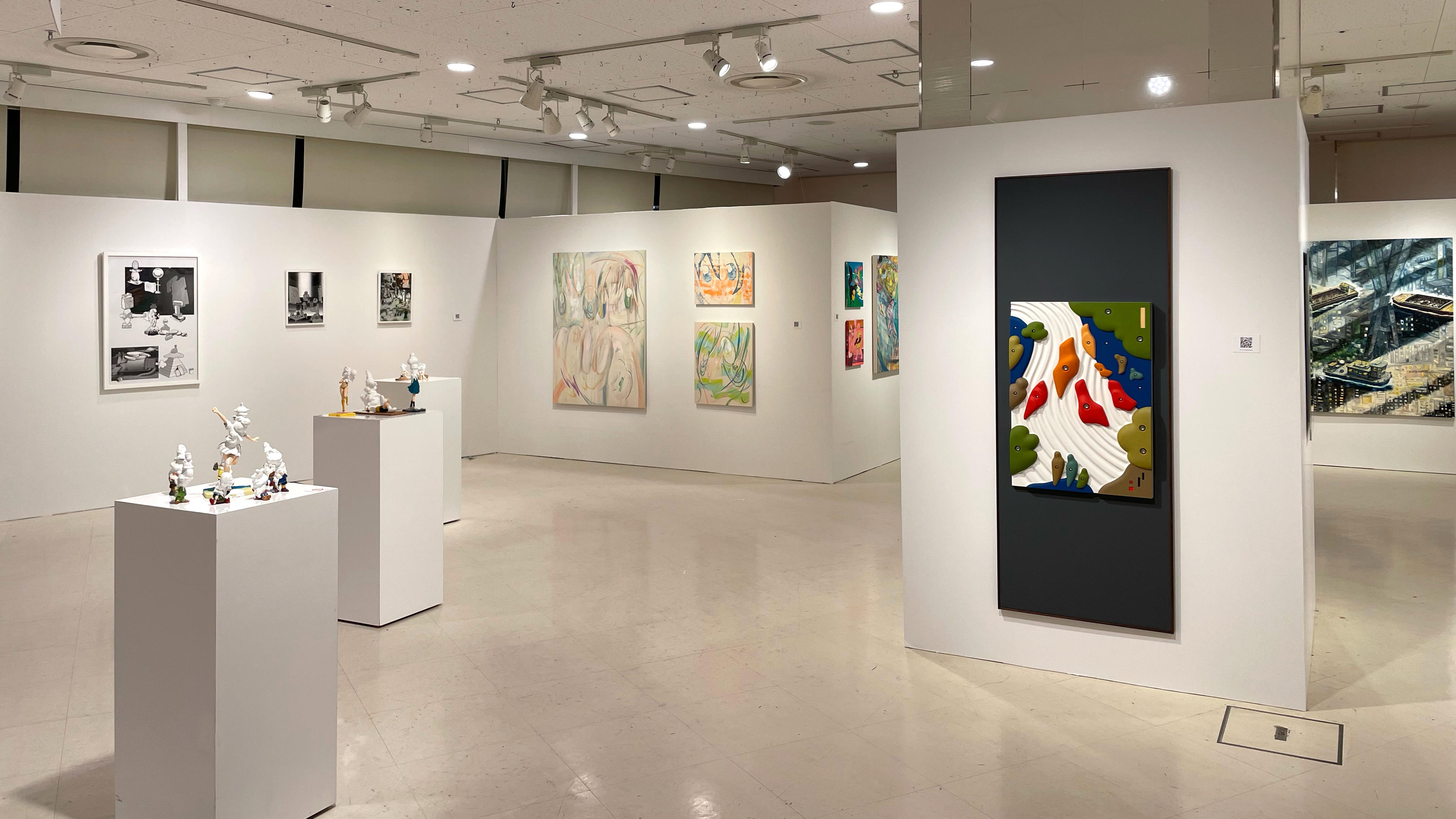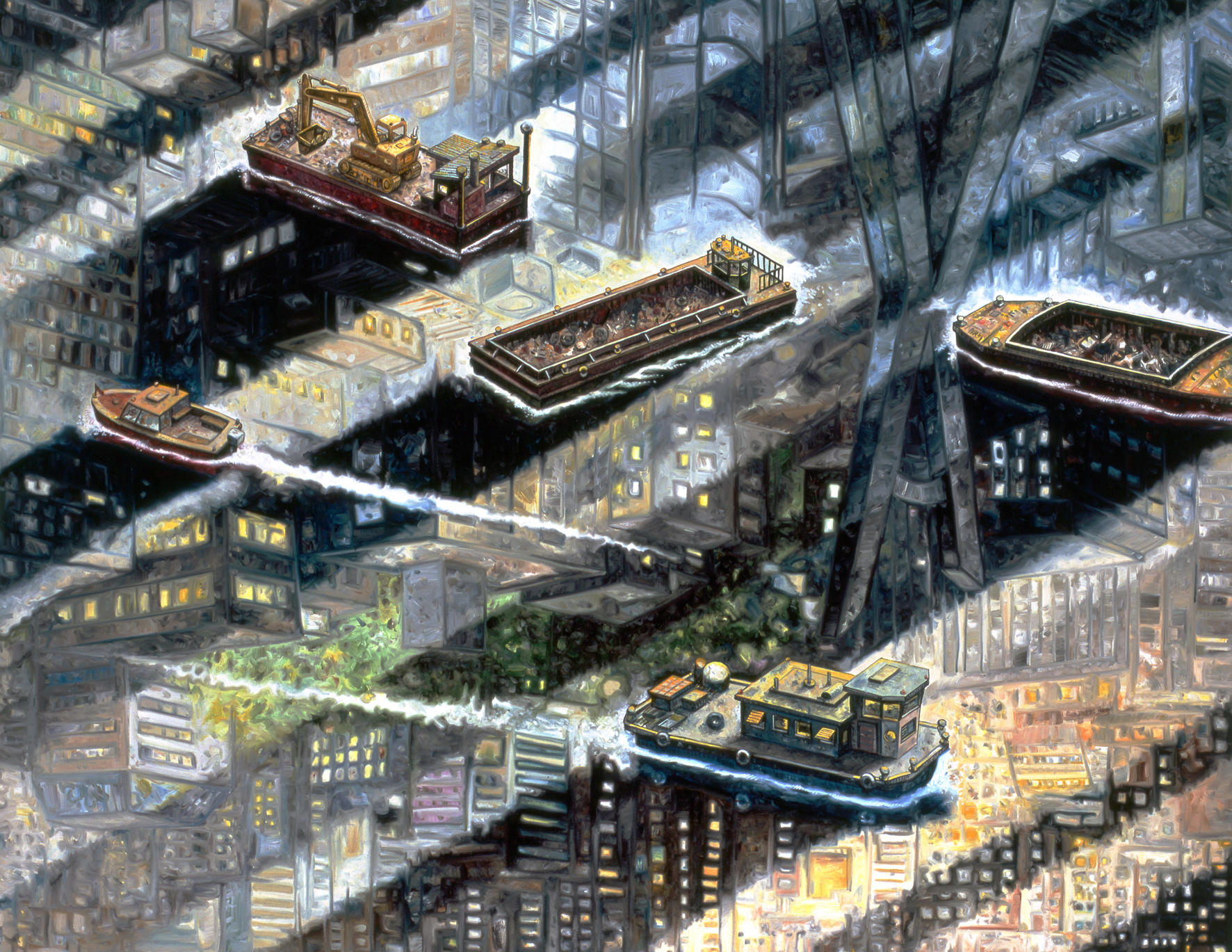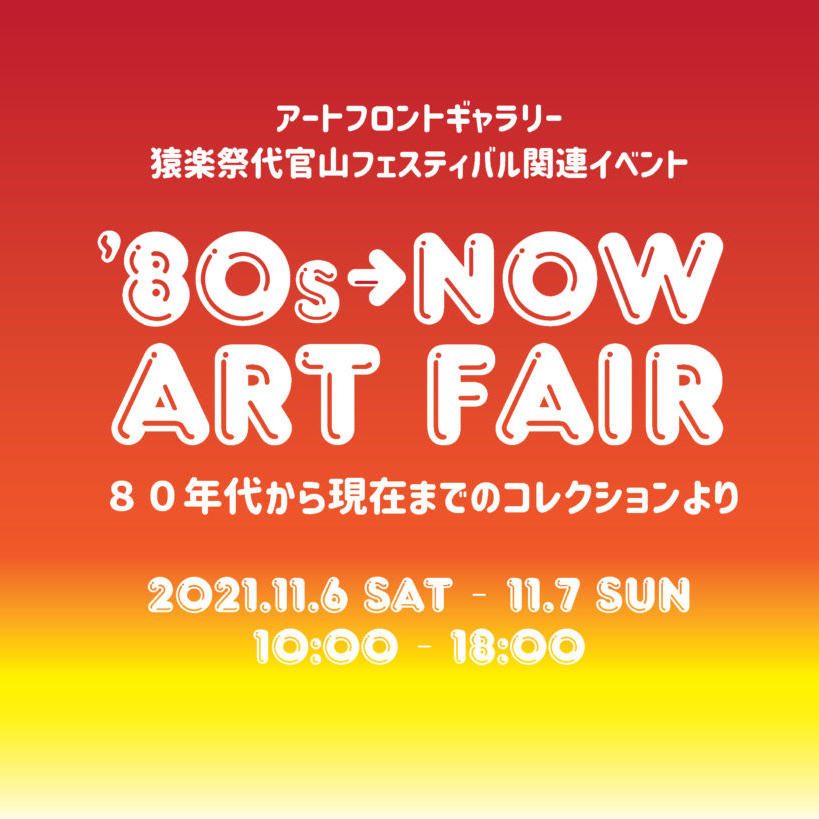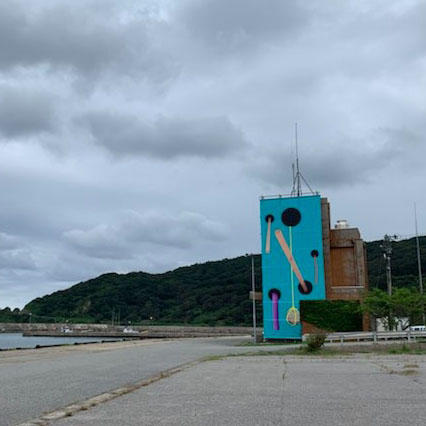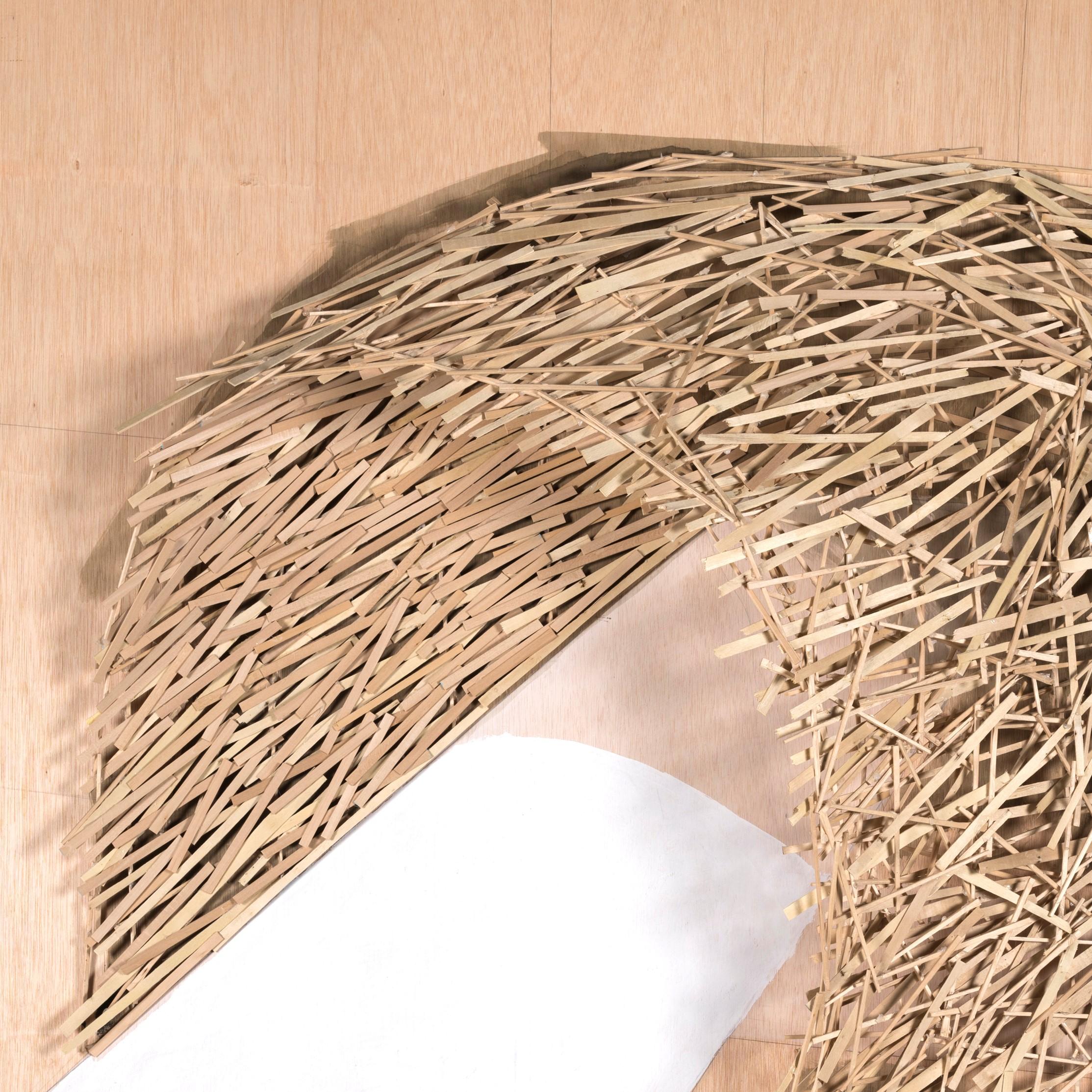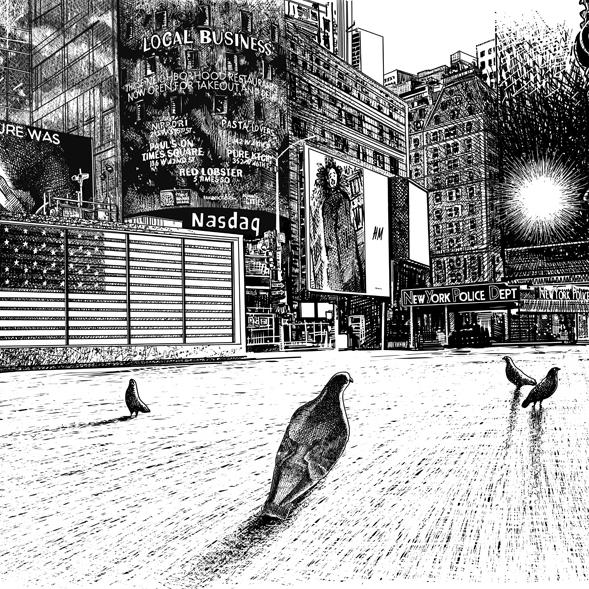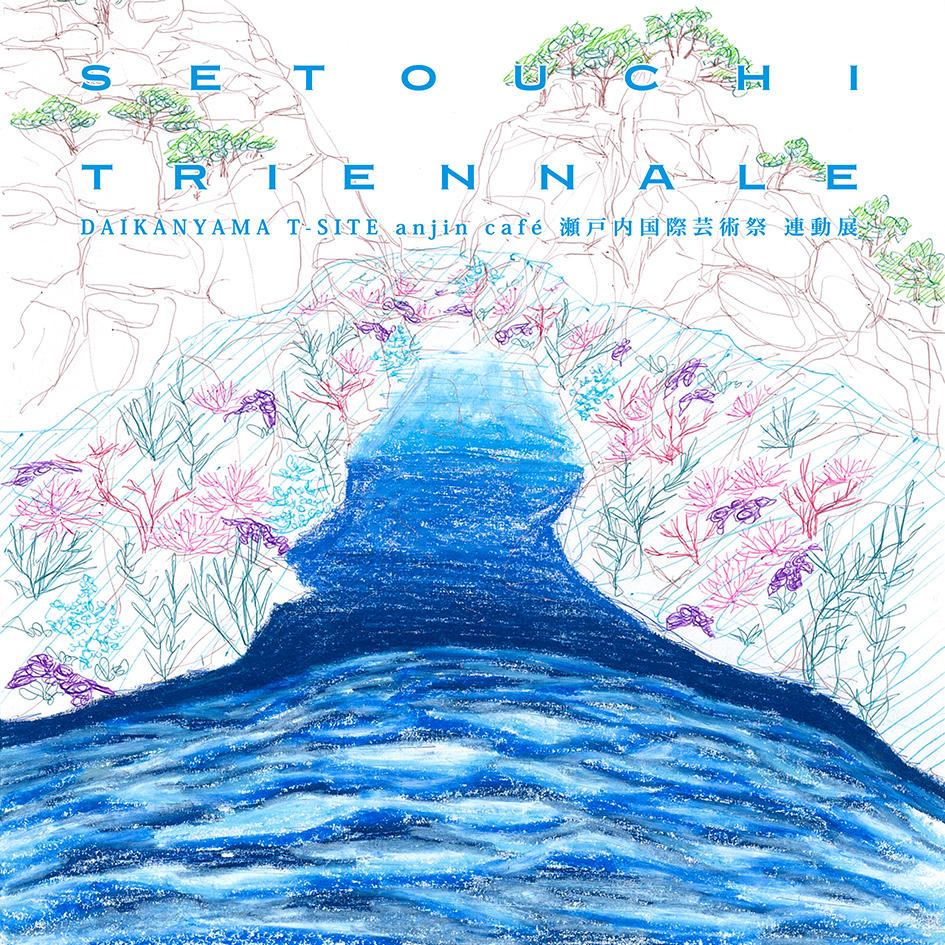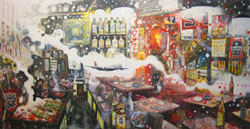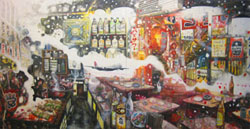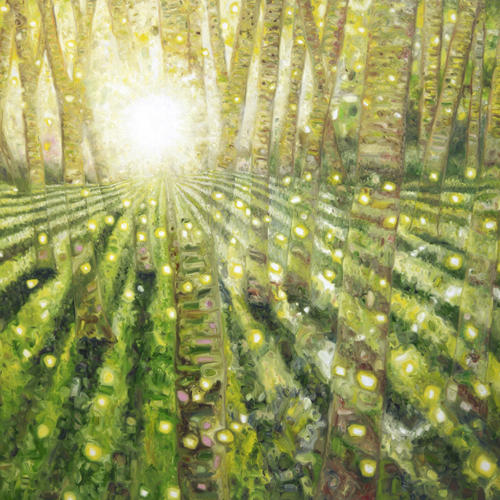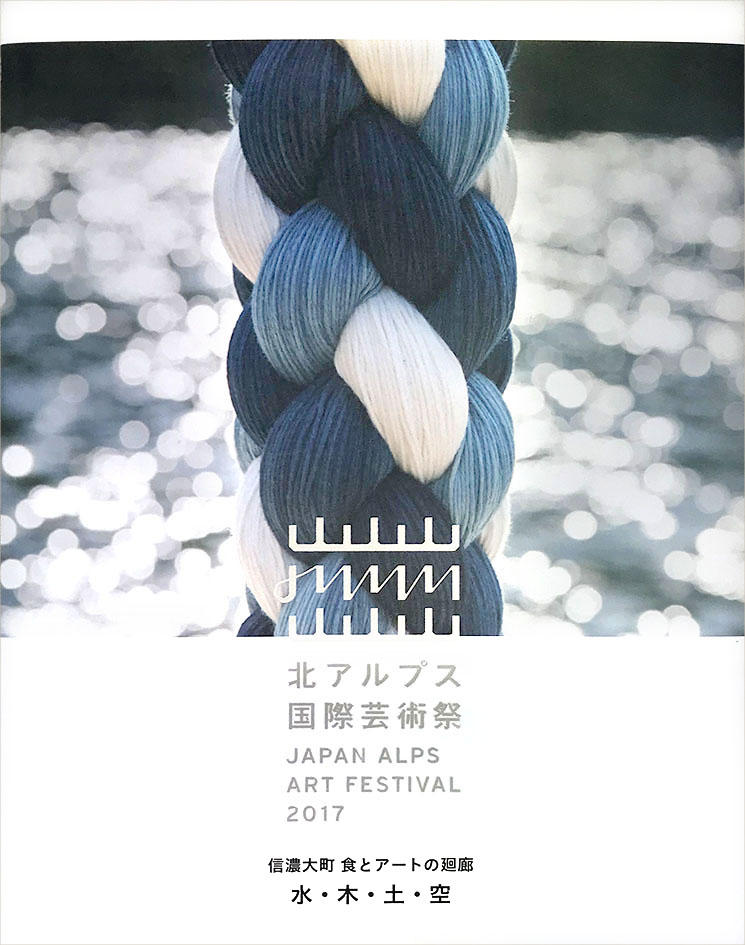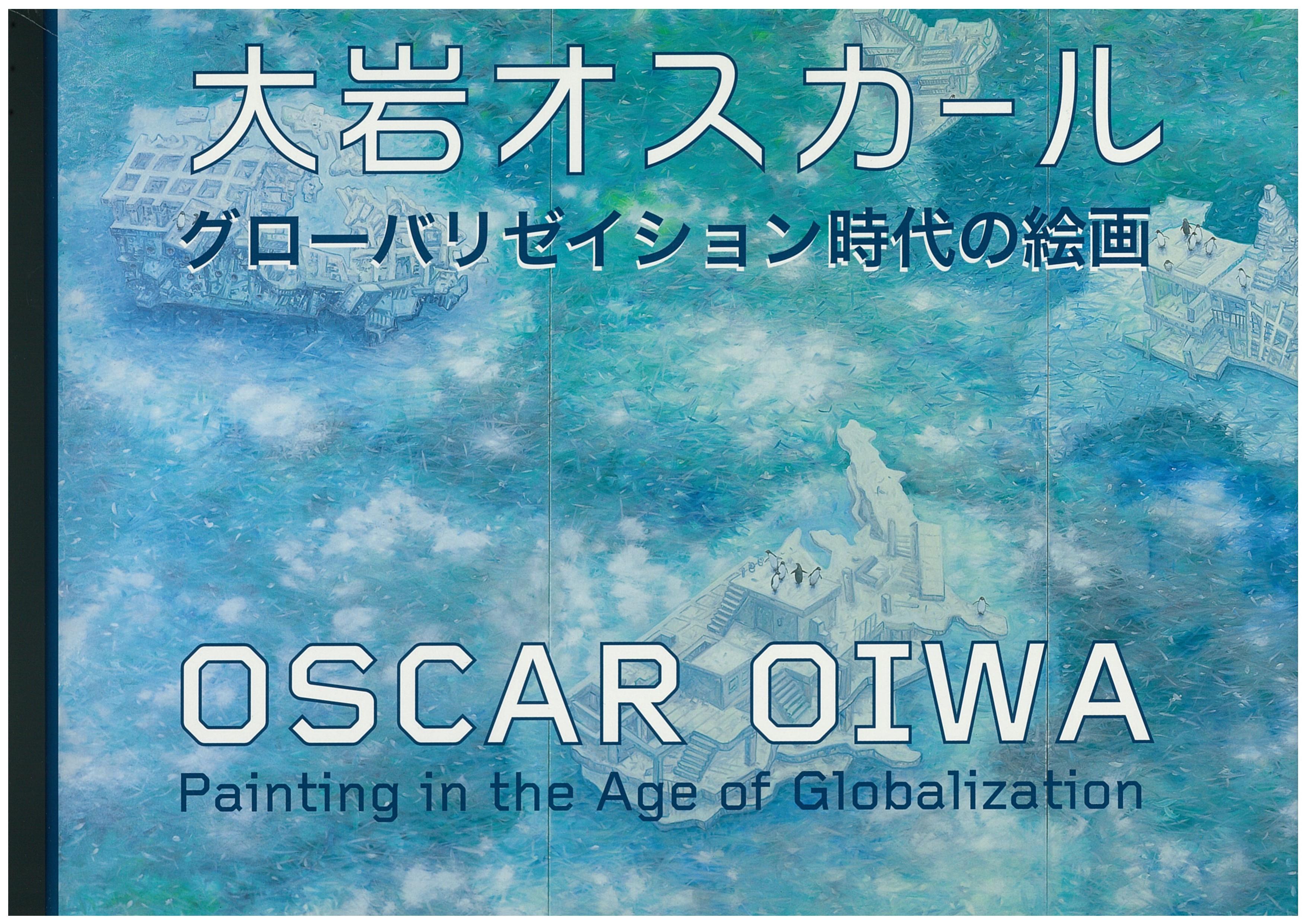Exhibition
Oscar Oiwa: Traveling Light (Shibuya Hikarie: -11/26, Art Front Gallery in Daikanyama - 12/2)
Venue 1 2016.Nov.16 (Fri) - Dec.2 (Sun) / Venue 2 2016.Nov 14(Wed) - Nov.26(Mon)
Art Front Gallery will present solo exhibition of Oscar Oiwa at 2 different venues, Art Front Gallery and Shibuya Hikarie.
For more information on the artist, please kindly check the artist's page linked below.
For more information on the artist, please kindly check the artist's page linked below.
| Date | Venue 1 2016.Nov.16 (Fri) - Dec.2 (Sun) / Venue 2 2016.Nov 14(Wed) - Nov.26(Mon) |
|---|---|
| Hours | Venue 1 11:00 - 19:00 (closed on Mondays) / Venue 2 11:00 - 20:00 |
| Venue 1 | Art Front Gallery (Daikanyama, Tokyo) |
| Venue 2 | Shibuya Hikarie 8F CUBE http://www.hikarie8.com/cube/2012/10/-traveling-light.shtml |
| Event | Opening Reception (at Shibuya Hikarie 8F CUBE) 2012.Nov. 14 (Wed) 18:00 - 20:00 ※18時半よりアーティストトーク(要予約) |
Oscar Oiwa, born and raised in Sao Paulo as son of Japanese immigrants, seems to have been conscious of his plural identity from the beginning of his artistic career. He based his activities in Tokyo from his mid twenties to 2002, for about 11 years. At that time, community redevelopment project occurred mainly in Tokyo and various parts of Japan. Having architectural background in his undergraduate, around that time, he did not create only paintings but also participated in outdoor public art projects. He presented art piece which reminds of an ancient trilobite embedded on the surface of sidewalk at a redevelopment project located nearby Tachikawa station, which was completed in 1994. In his work made for “The 1st Echigo-Tsumari Art Triennale” in 2000, become a permanent installation located in a rice field in Matsudai. His work for Setouchi Triennale 2010 unfortunately lost by a fire with its venue, but it received good repetition. He has been creating two dimensional paintings while creating three dimensional works like above, exploring an expression using whole space. He joined in annual “VOCA” Vision of Contemporary Art exhibition in 1995 and his solo exhibition “The Dreams of a Sleeping World” travelled from Museum of Contemporary Art Tokyo, Fukushima Prefectural Museum of Art and Takshima City Museum of Art may still be remembered in many people’s memory.
Characteristic of Oiwa’s two dimensional works is a sense of allegory. The artist has been looking at the world at the consistent position while working on his activities in various parts of the world. However, the position maintains moderate objectivity as if to float in the air. It is possible to read social background from his works, but they will not become extremely political and social which send a massage as the artist’s personal idea. He often uses a composition looking down a large city through clouds. This gives us an impression as if we look around the whole world. Motifs appear sometimes comically and sometimes radically, animals and popular animation characters appear in paintings and play an allegoric role. Perhaps, this allegorical objectivity is based on the artist’s subjective consciousness of his plural identities.
There was an opportunity to talk with the artist when he visited Japan last year. Our major topics were about Japanese earthquake and tsunami or an issue about a nuclear power plant. I wonder how the artist thinks and reflects these recent topics on his works. This exhibition will be held not only at Art Front Gallery but also at Shibuya Hikarie, introducing the most recent two dimensional works of Oscar Oiwa. Many of them are large canvas paintings, like his solo exhibition at Museum of Contemporary Art Tokyo. Many global unsolved issues were piled up during the exhibition at Museum of Contemporary Art Tokyo in 2008. None of them were solved yet, and this situation could be even worse. Oiwa’s works will make us again recognize this current condition of the world with a touch of humor.
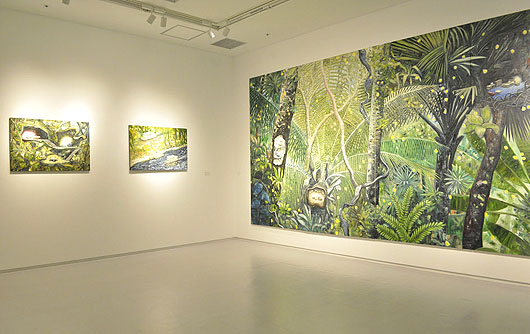
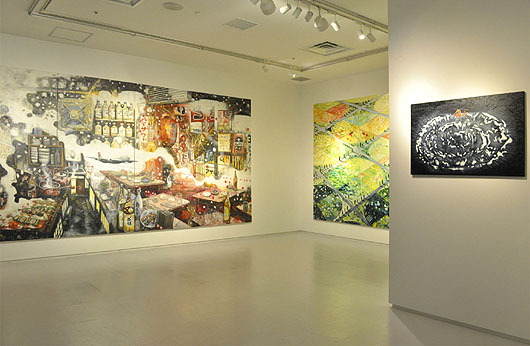
Characteristic of Oiwa’s two dimensional works is a sense of allegory. The artist has been looking at the world at the consistent position while working on his activities in various parts of the world. However, the position maintains moderate objectivity as if to float in the air. It is possible to read social background from his works, but they will not become extremely political and social which send a massage as the artist’s personal idea. He often uses a composition looking down a large city through clouds. This gives us an impression as if we look around the whole world. Motifs appear sometimes comically and sometimes radically, animals and popular animation characters appear in paintings and play an allegoric role. Perhaps, this allegorical objectivity is based on the artist’s subjective consciousness of his plural identities.
There was an opportunity to talk with the artist when he visited Japan last year. Our major topics were about Japanese earthquake and tsunami or an issue about a nuclear power plant. I wonder how the artist thinks and reflects these recent topics on his works. This exhibition will be held not only at Art Front Gallery but also at Shibuya Hikarie, introducing the most recent two dimensional works of Oscar Oiwa. Many of them are large canvas paintings, like his solo exhibition at Museum of Contemporary Art Tokyo. Many global unsolved issues were piled up during the exhibition at Museum of Contemporary Art Tokyo in 2008. None of them were solved yet, and this situation could be even worse. Oiwa’s works will make us again recognize this current condition of the world with a touch of humor.

Exhibition view of "Traveling Light" at CUBE, 8F, Shibuya Hikarie

Exhibition view of "Traveling Light" at CUBE, 8F, Shibuya Hikarie
Artists
Related News
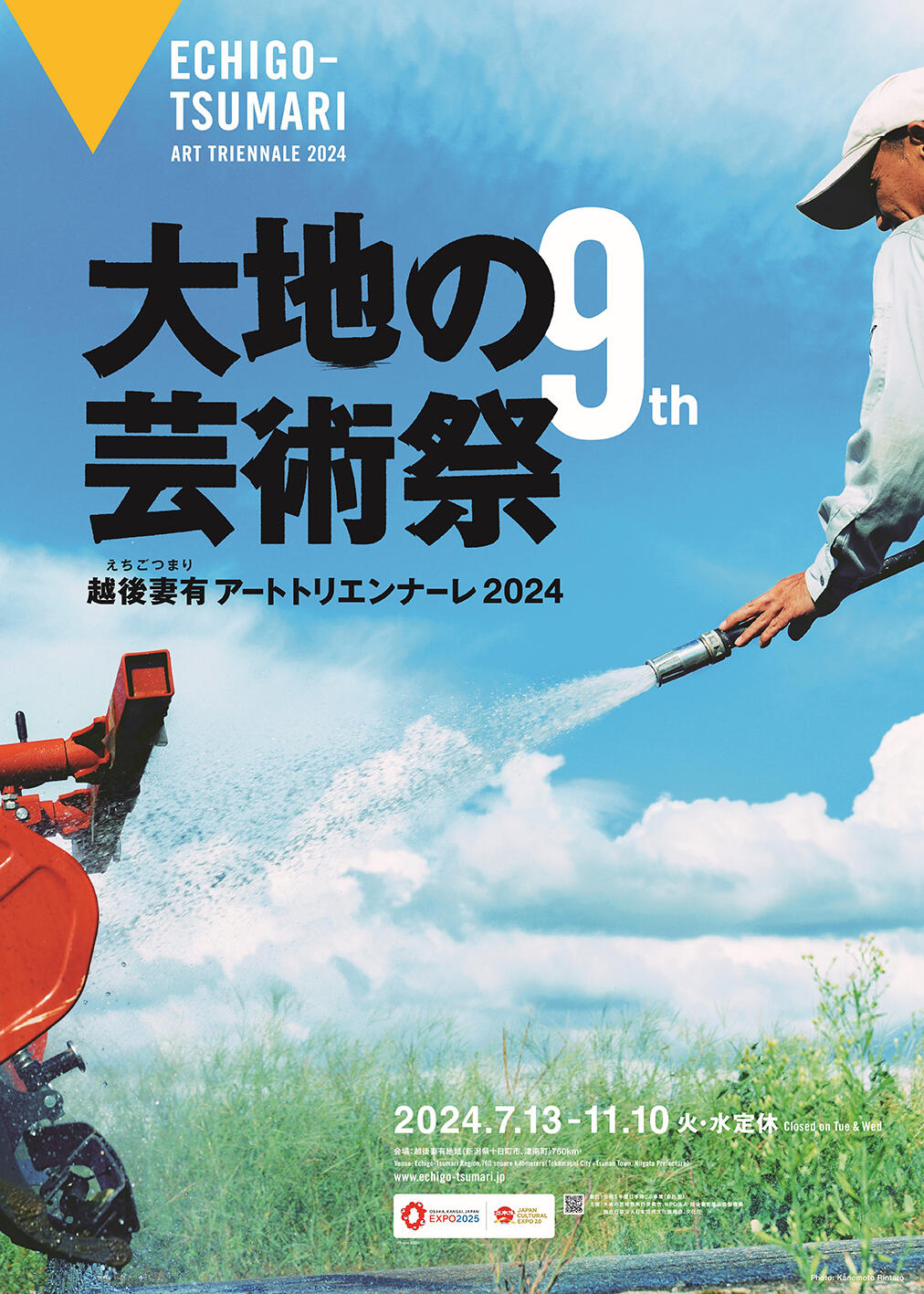
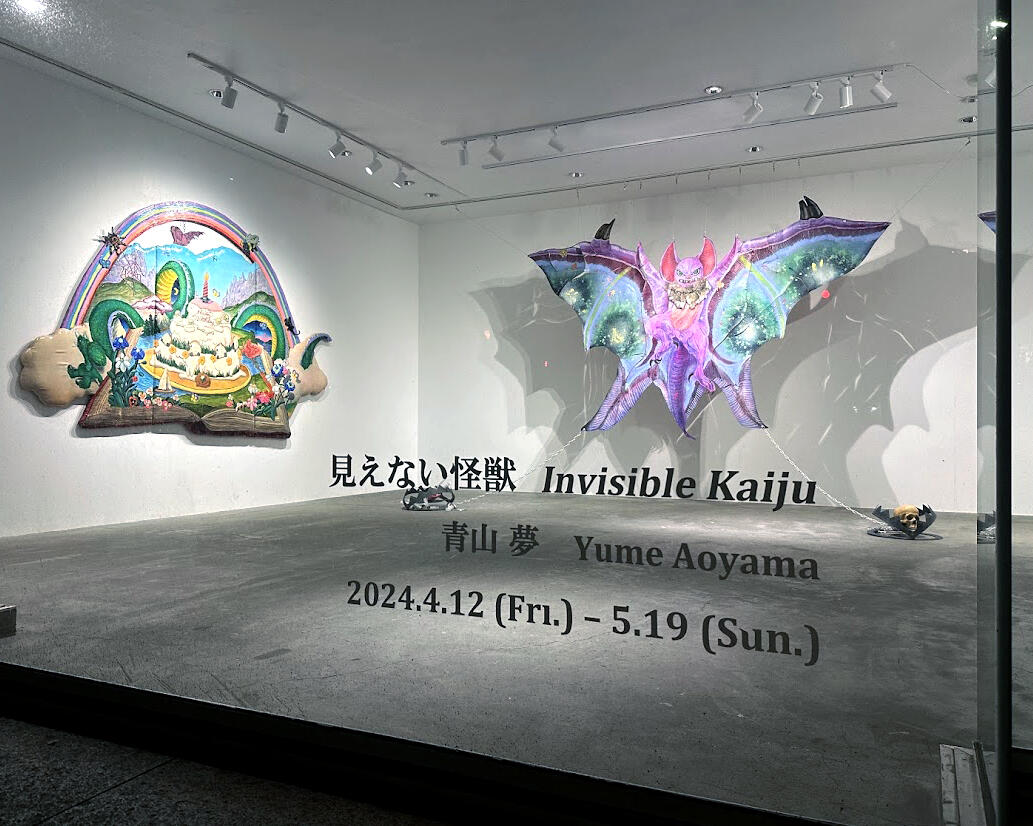
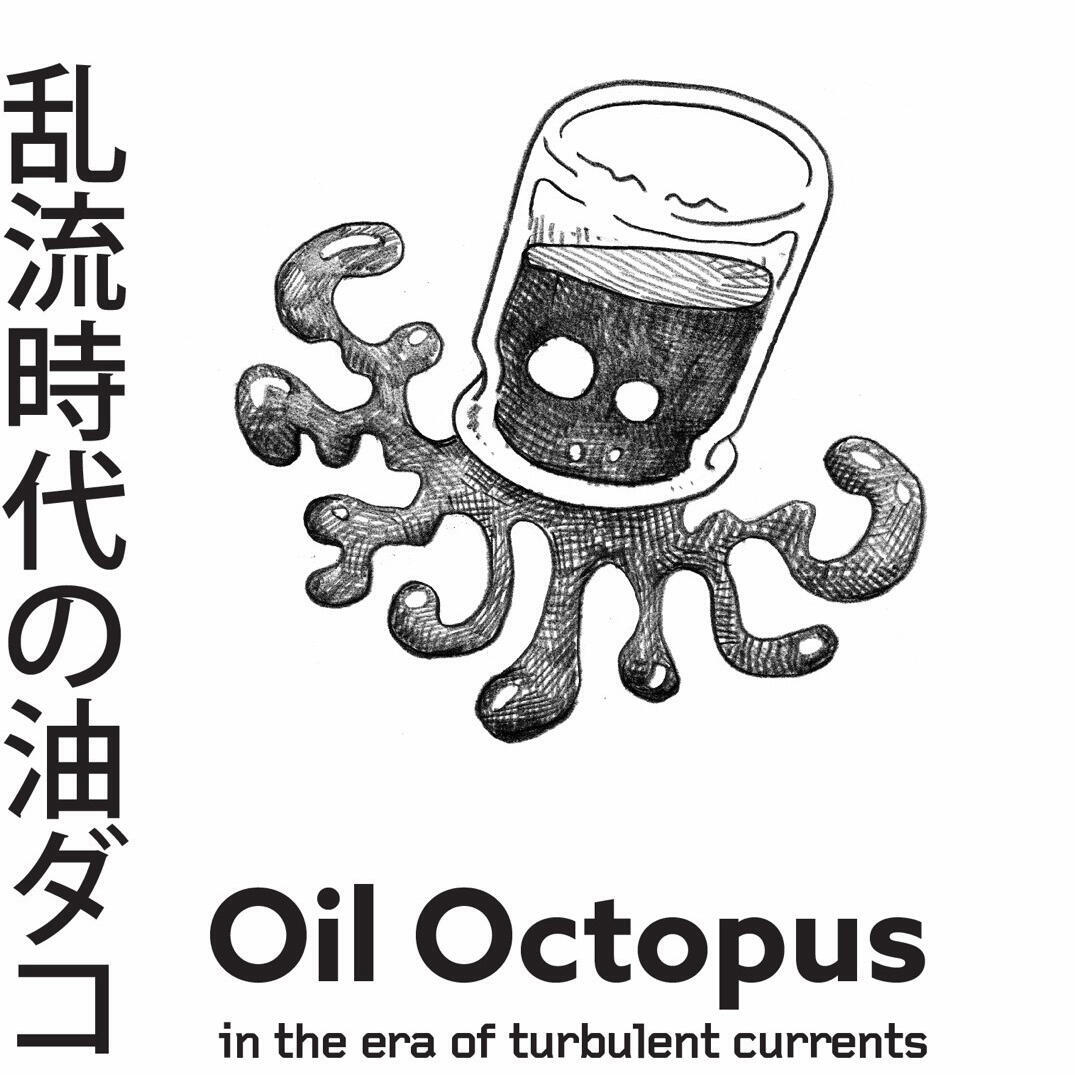
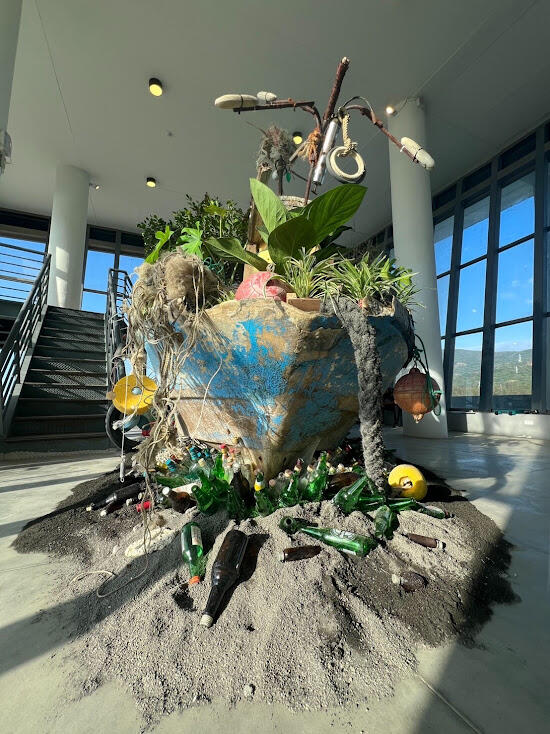
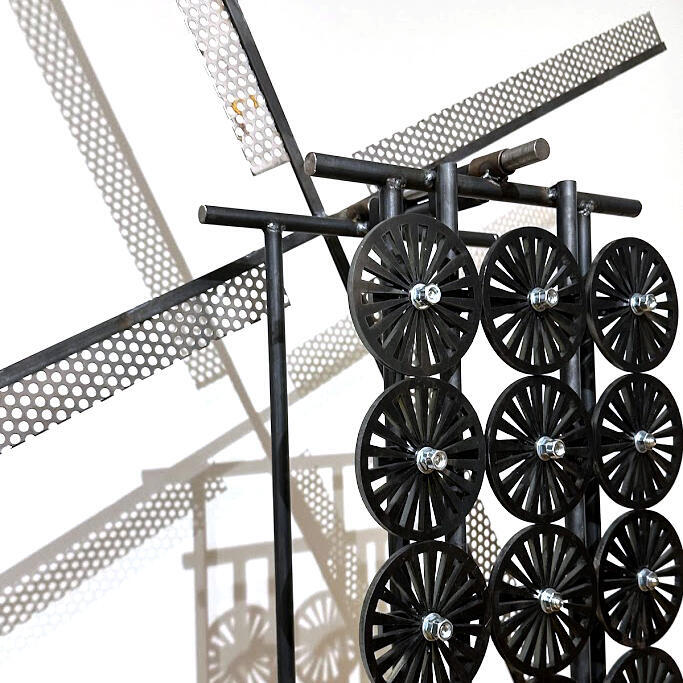
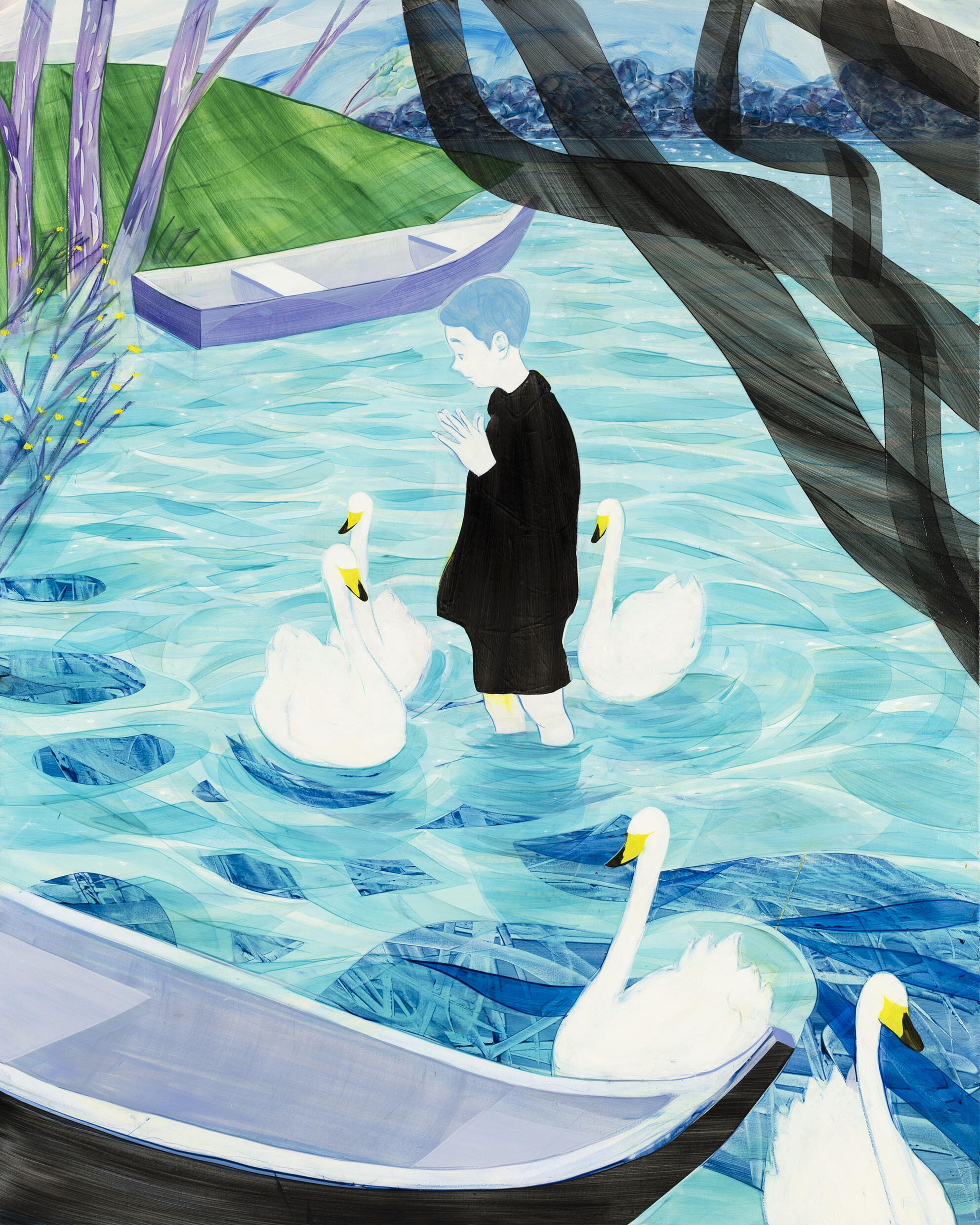
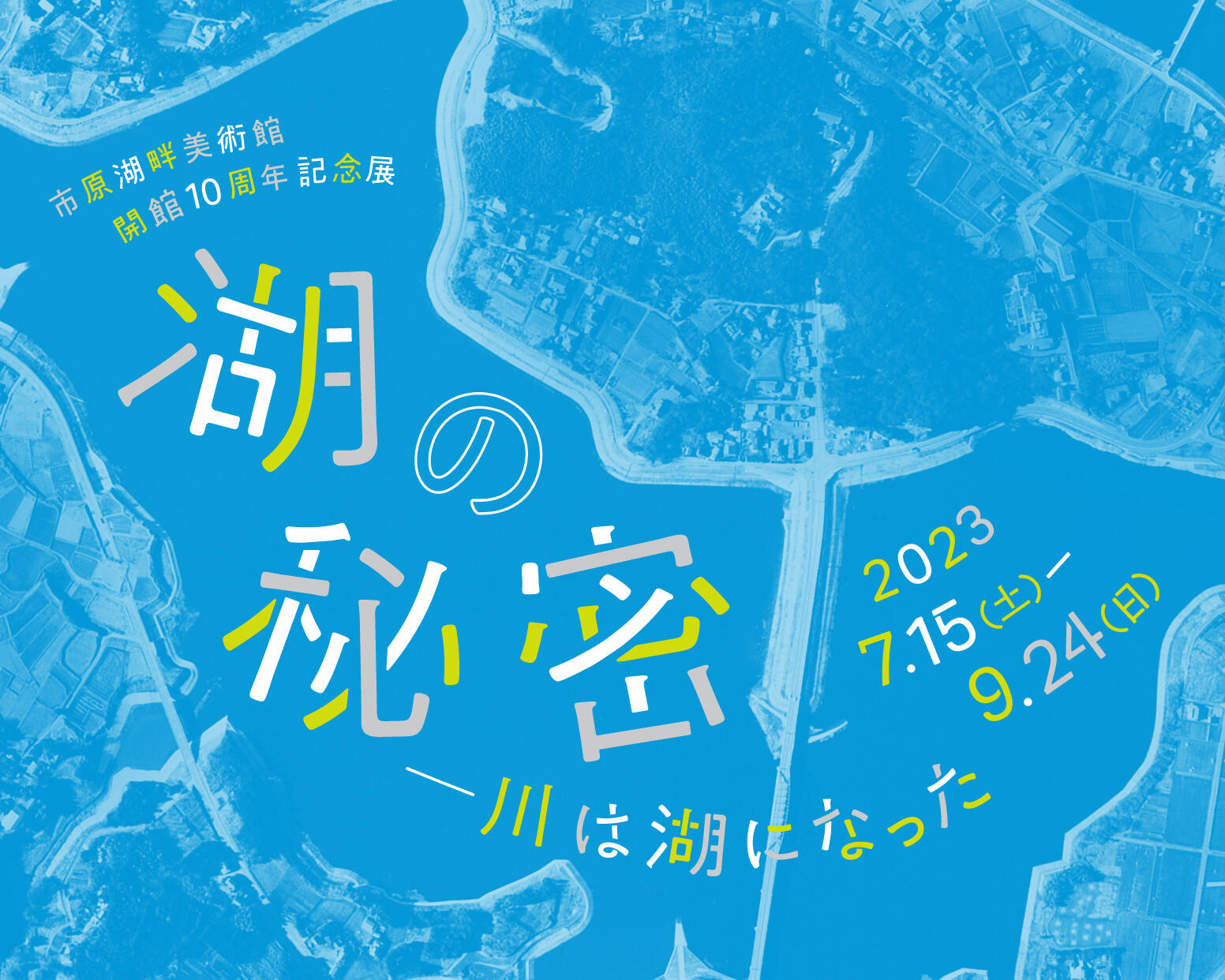
![[代官山] 5月8日~12日、臨時休廊のお知らせ](https://artfrontgallery.com/whatsnew/assets_c/2023/05/63b3d872d7e10845cb26ce0ed548ee7093714be7-thumb-2444x2444-11147.jpg)
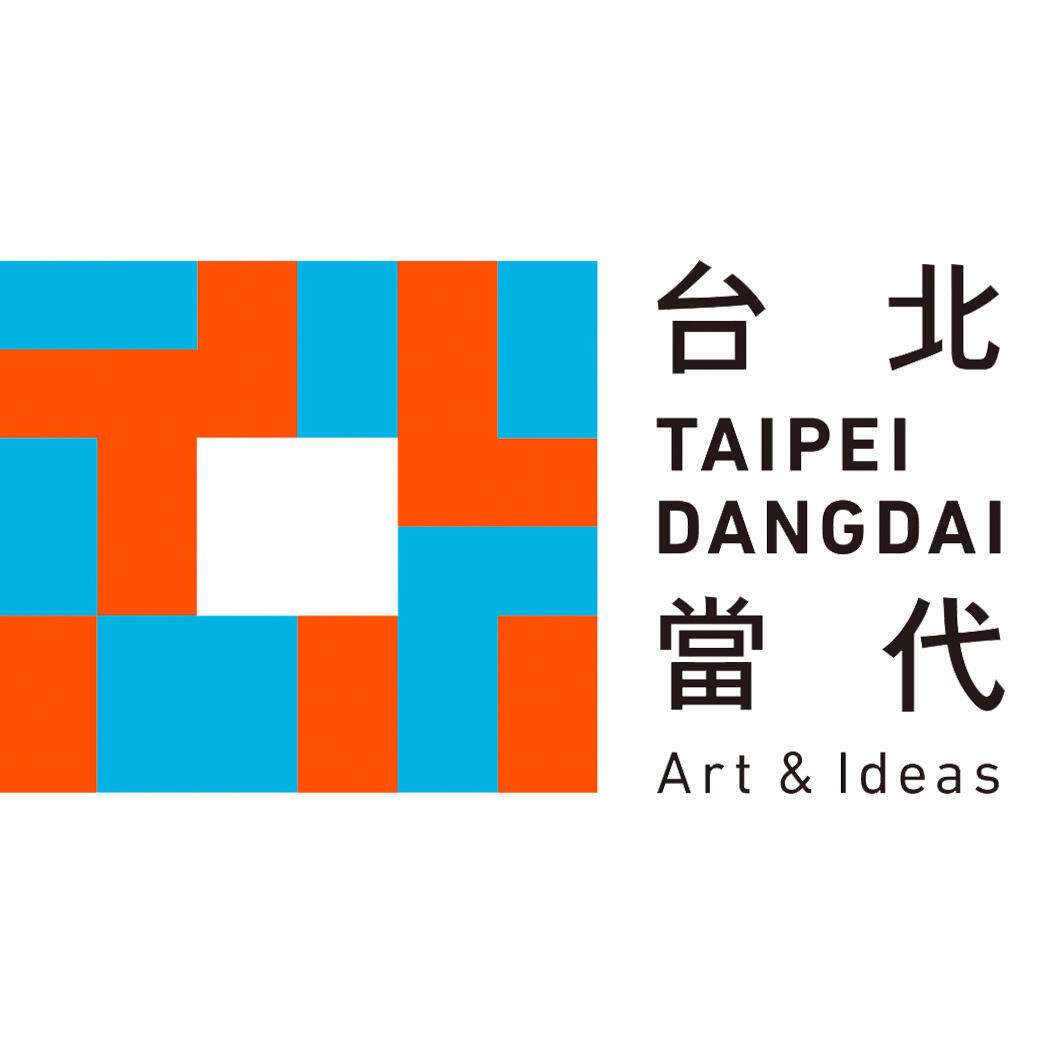
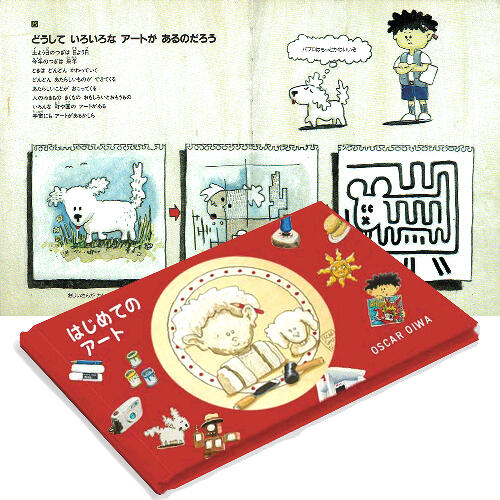
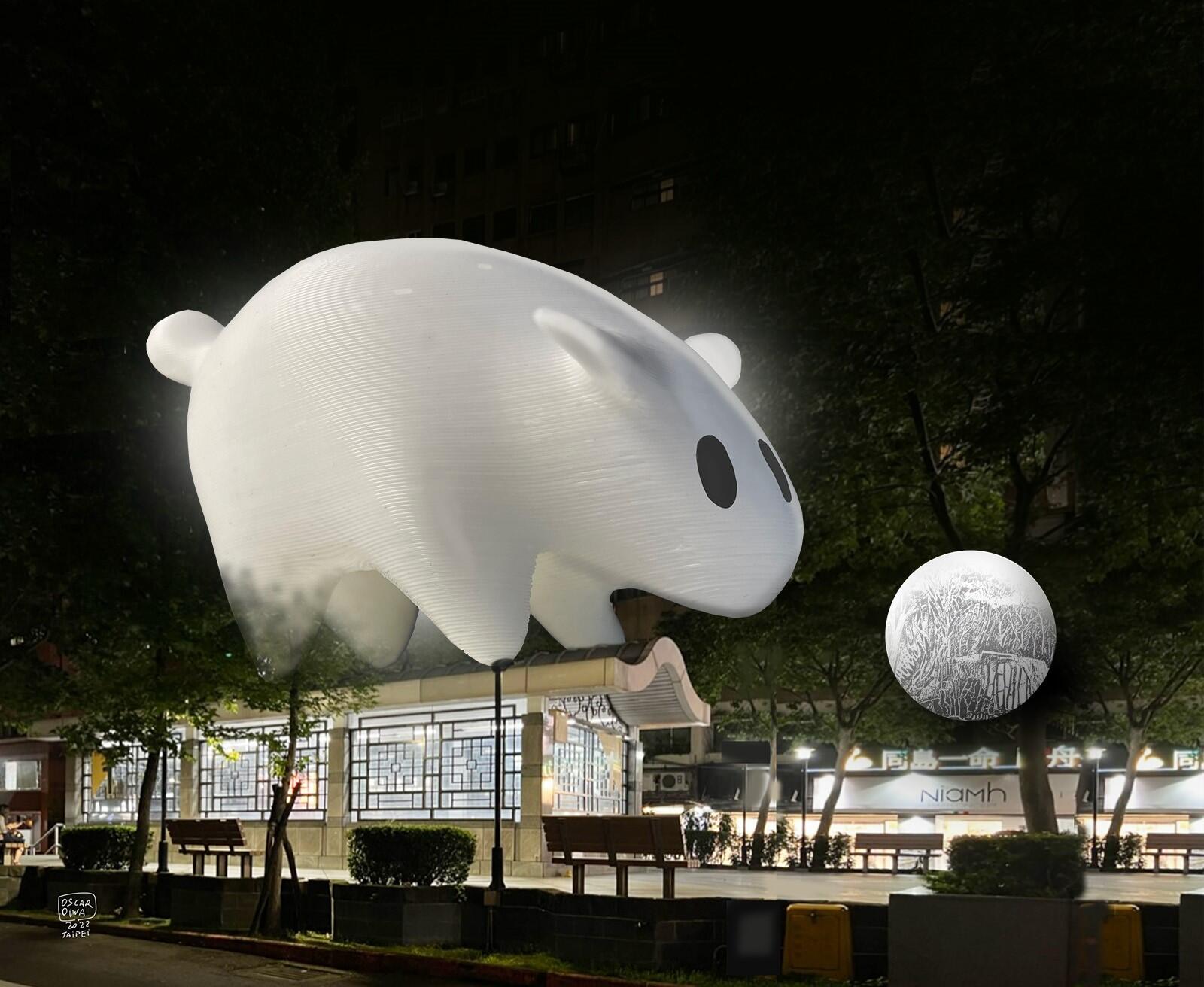
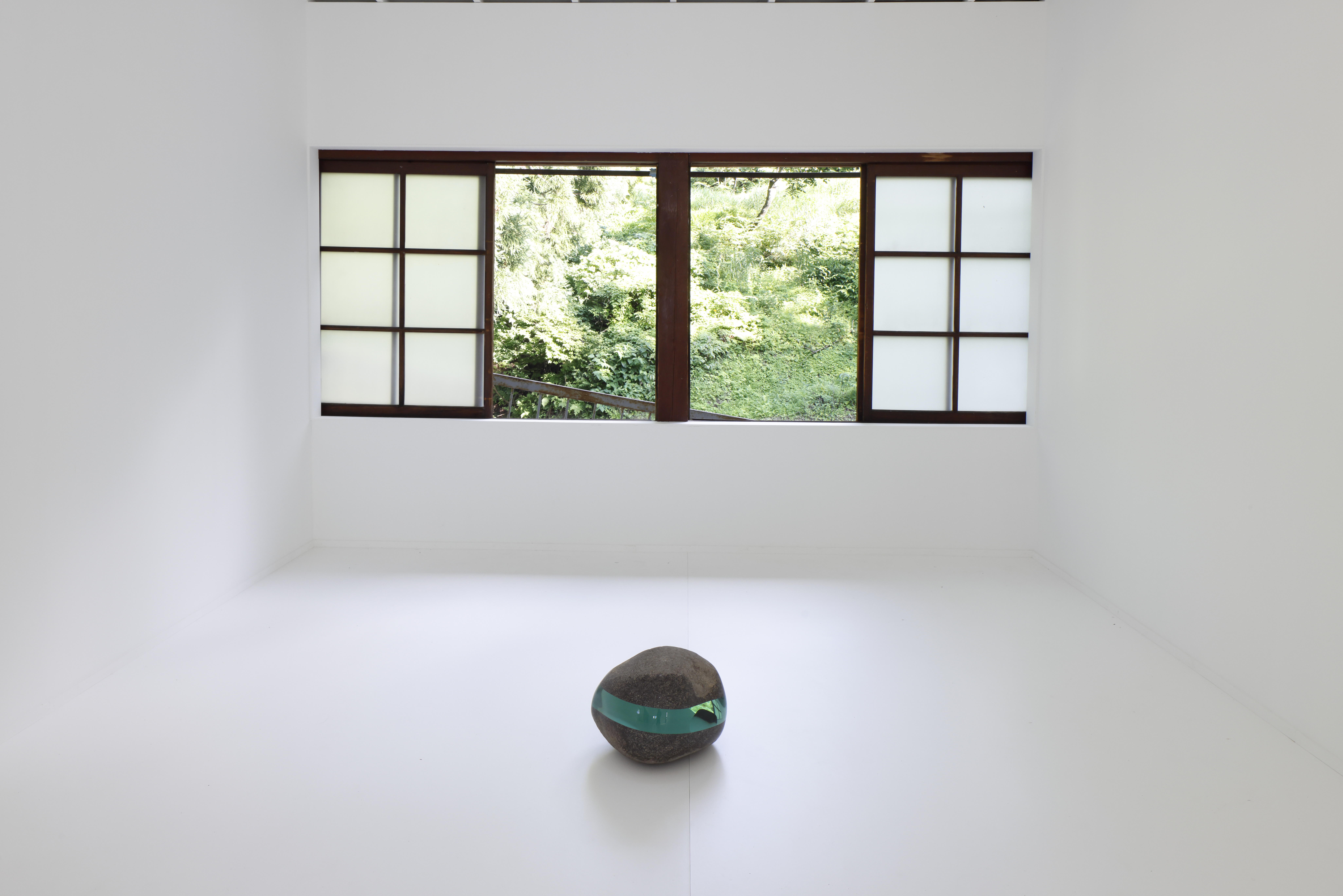
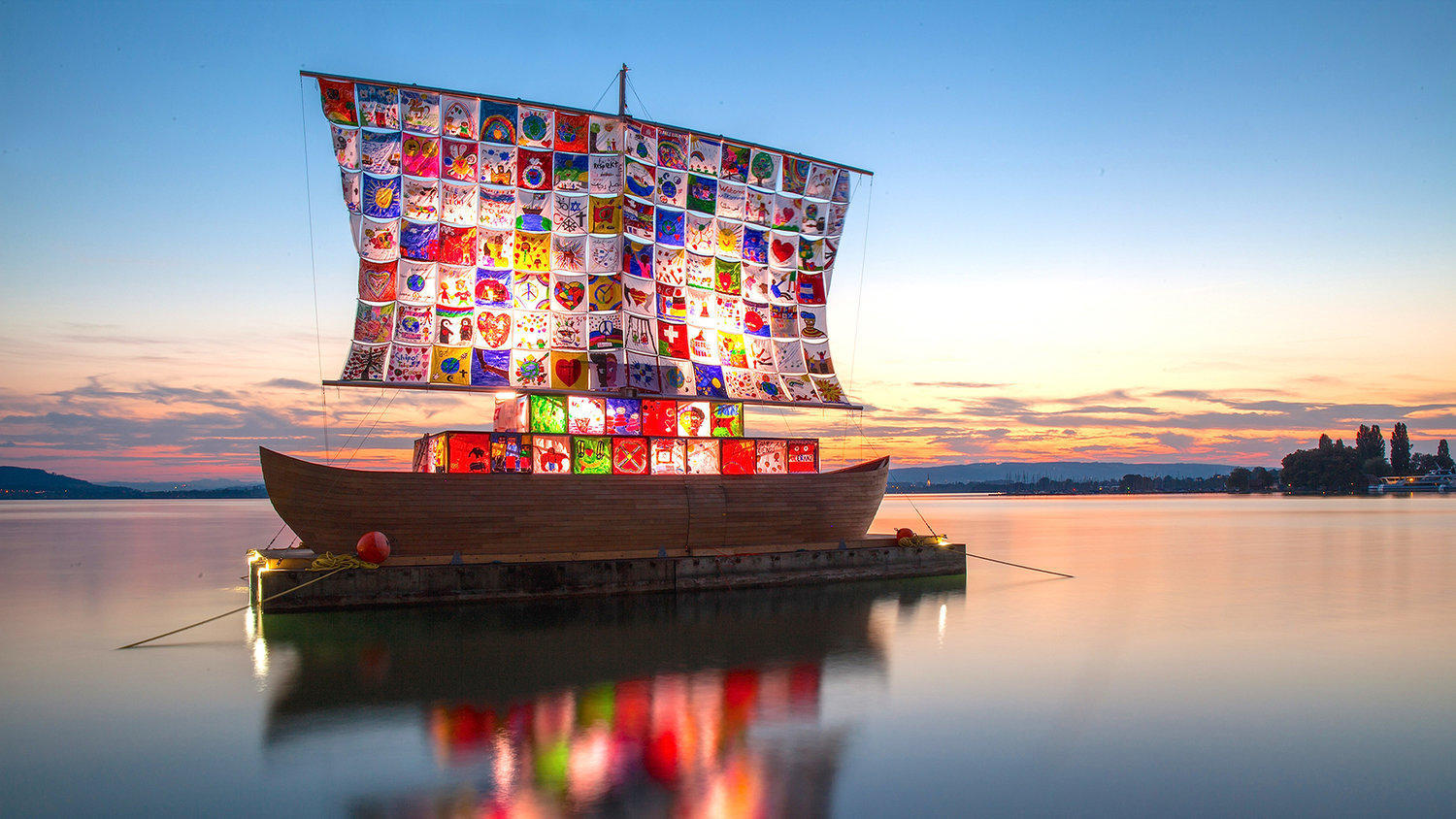
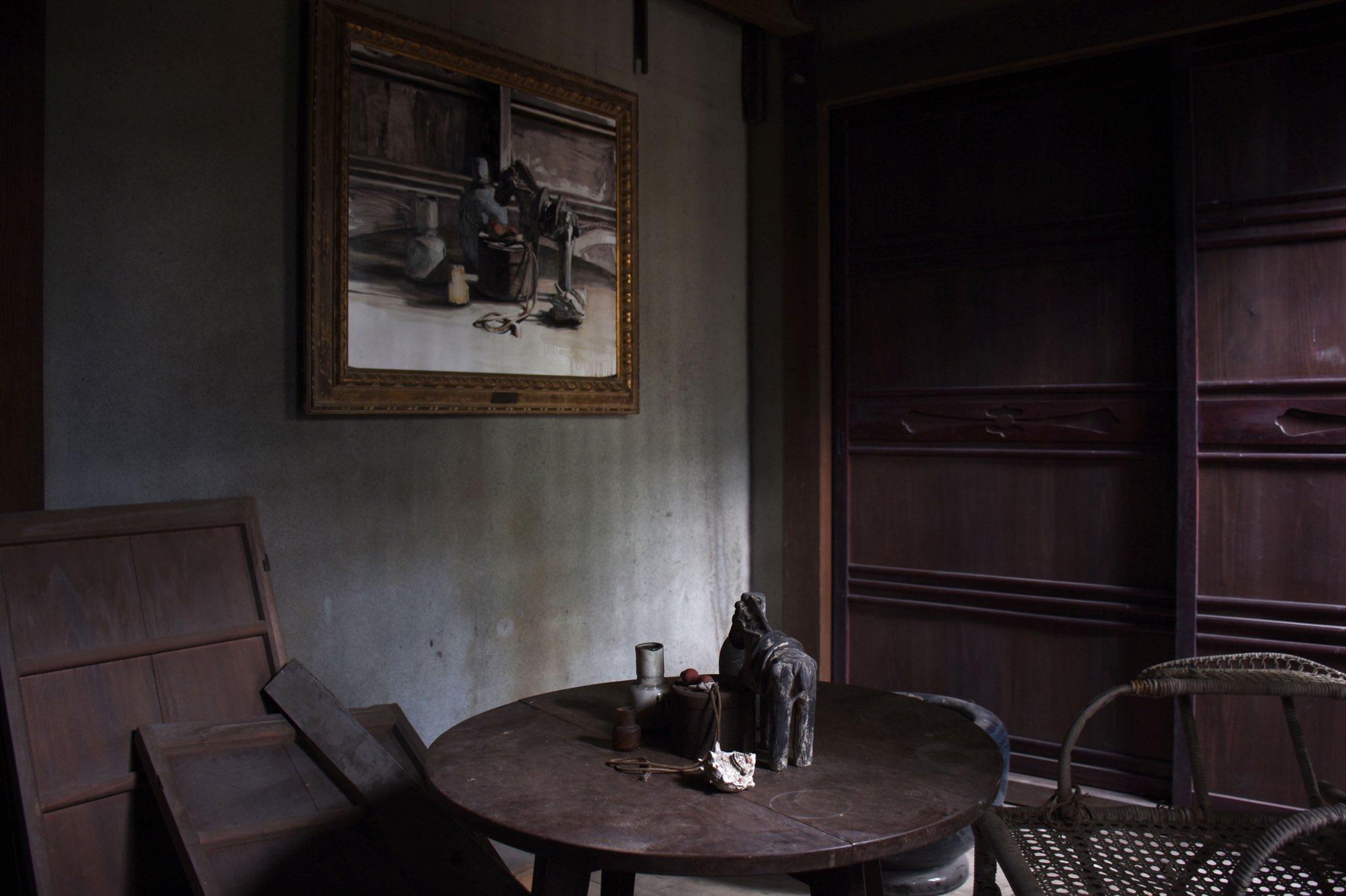
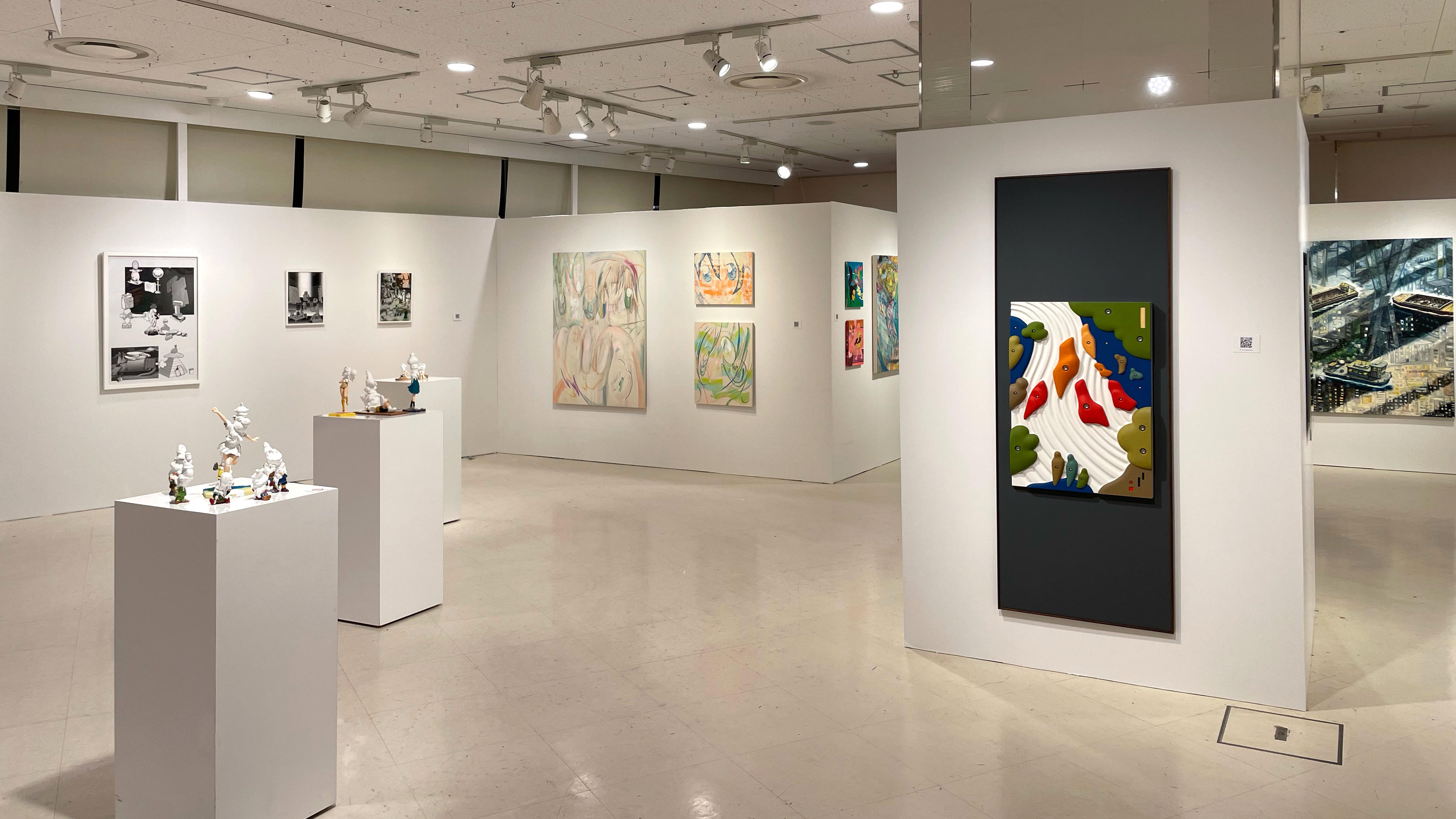
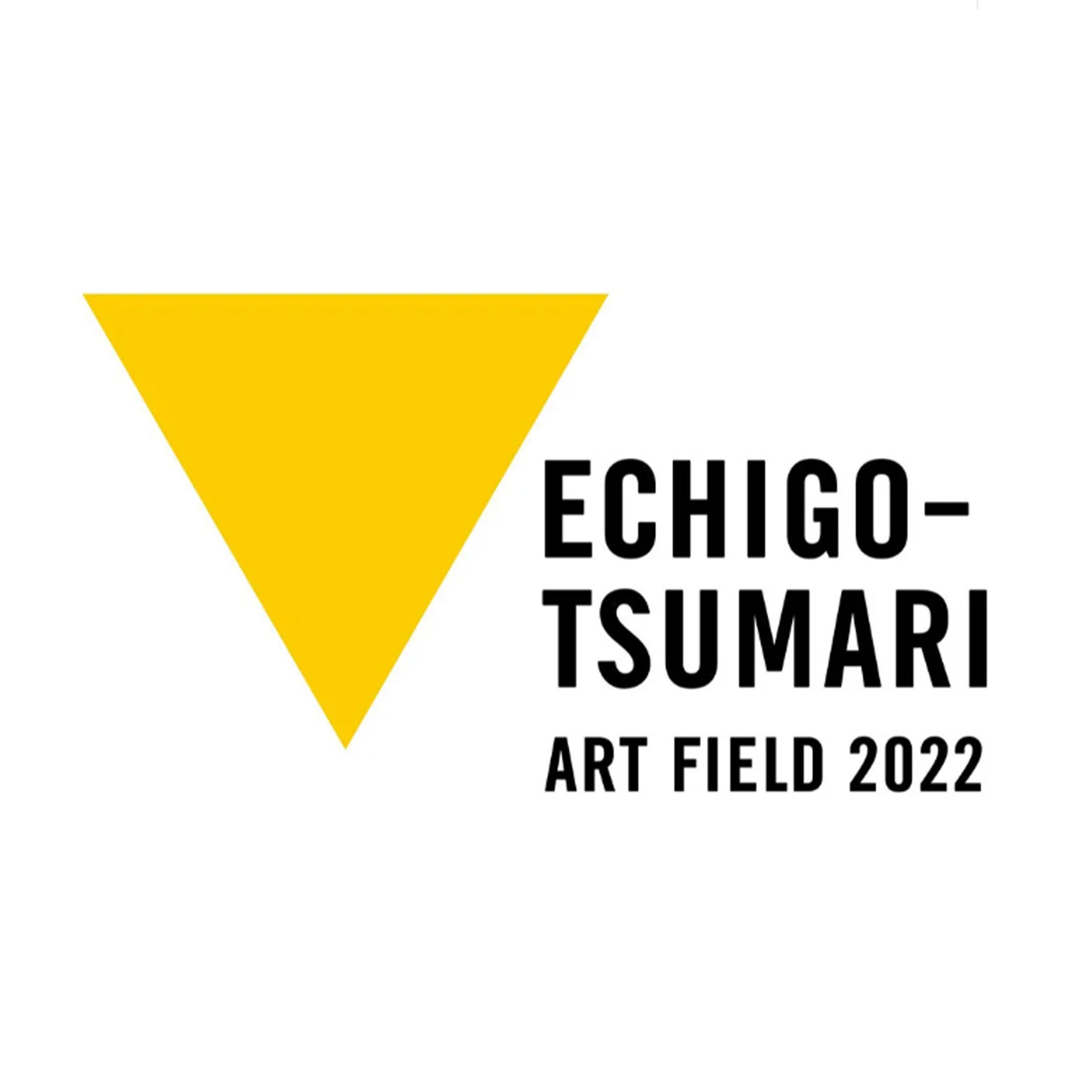
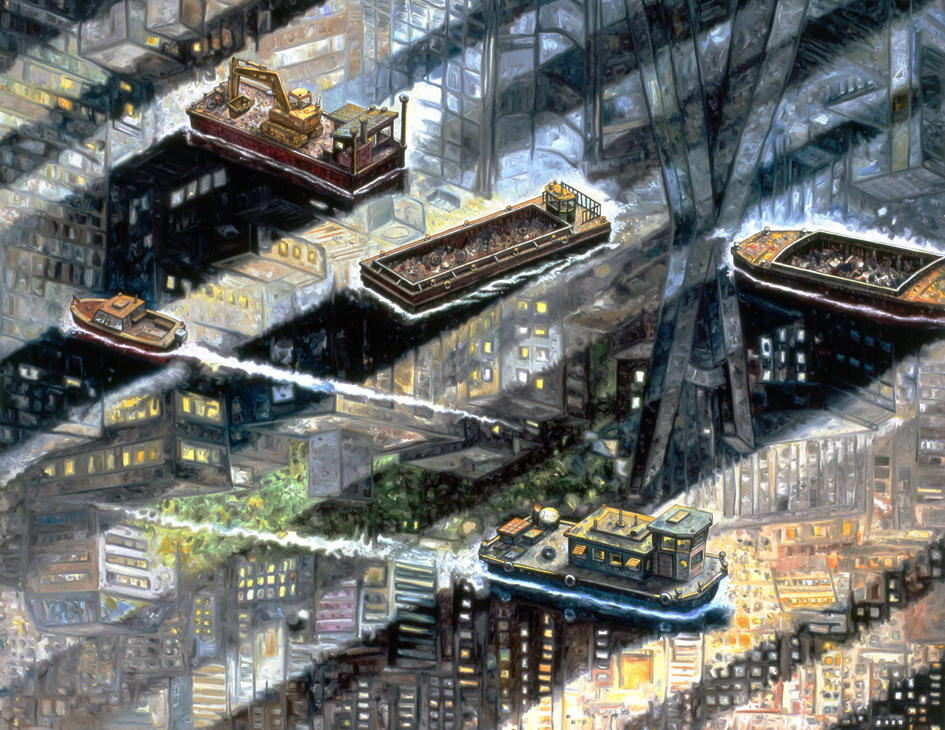
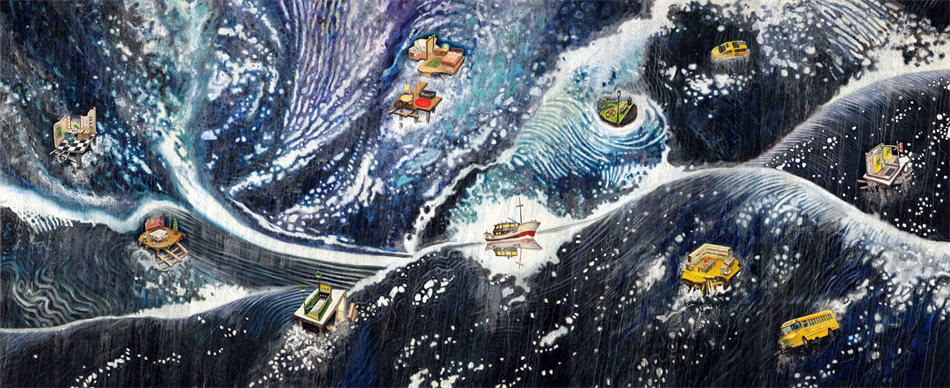
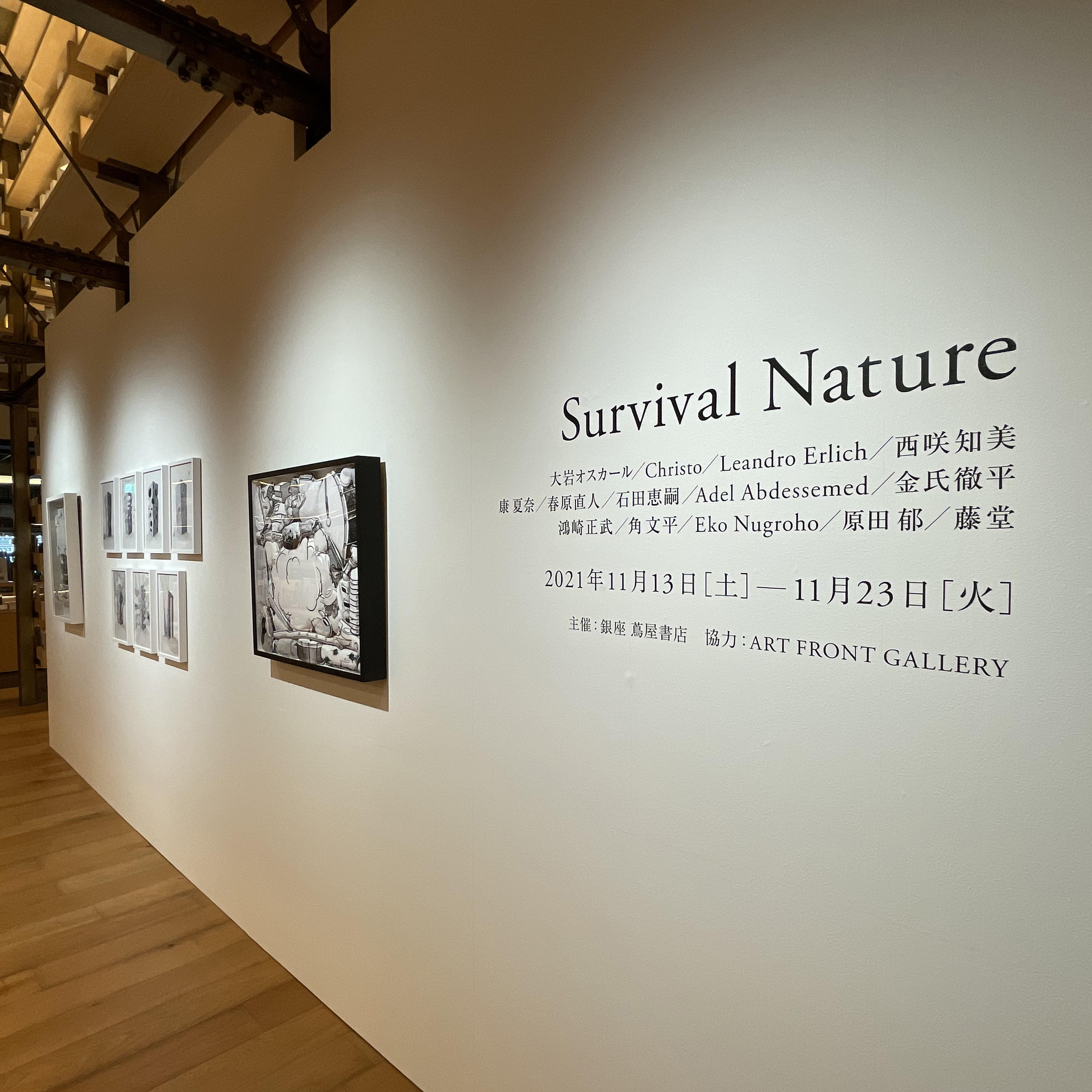
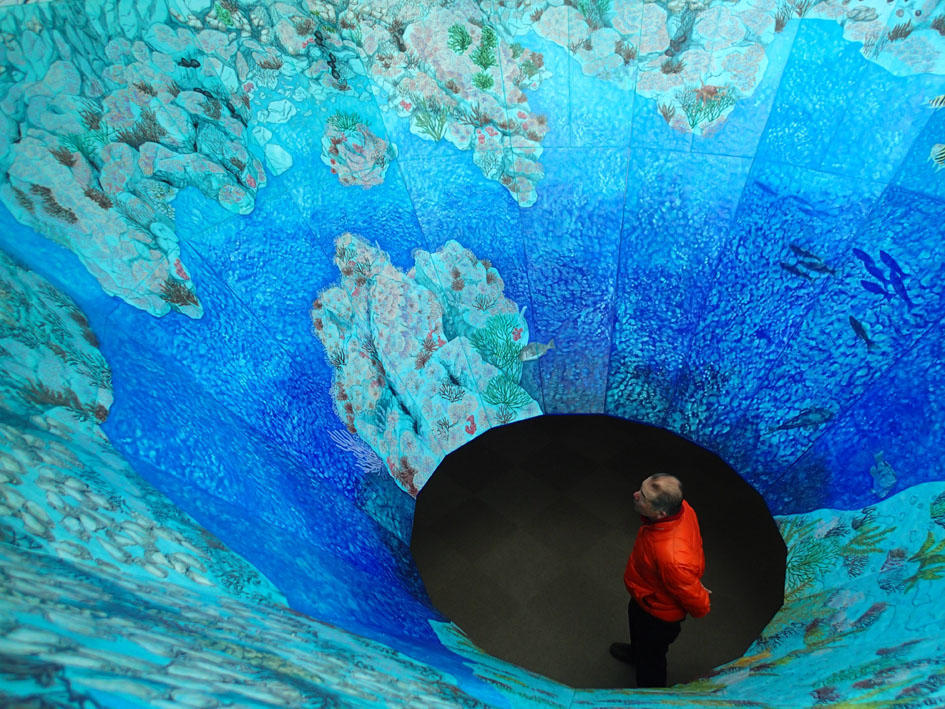
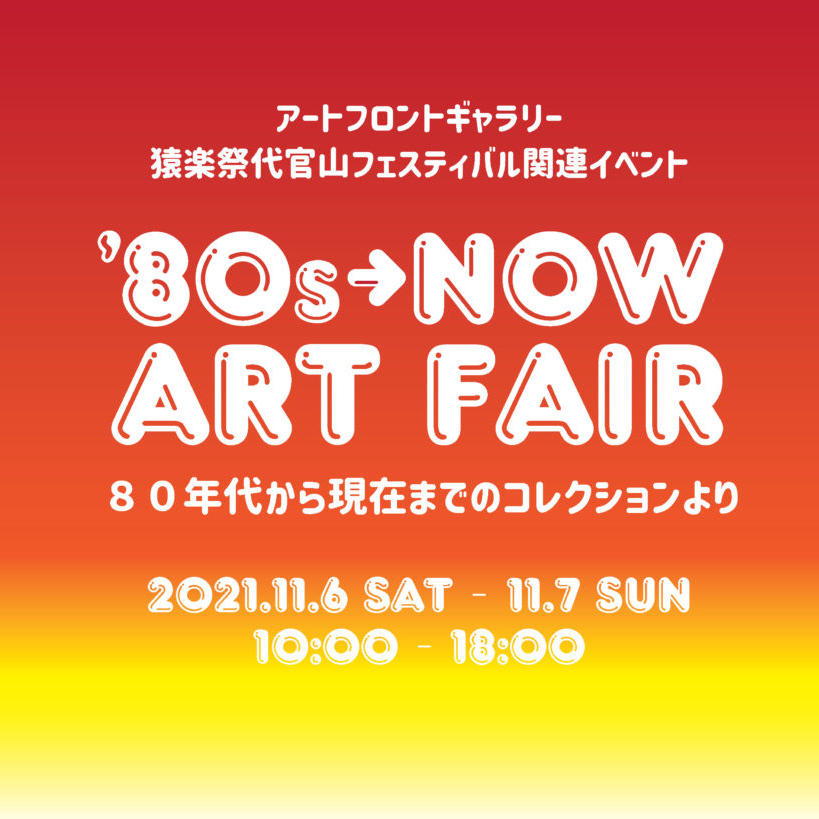
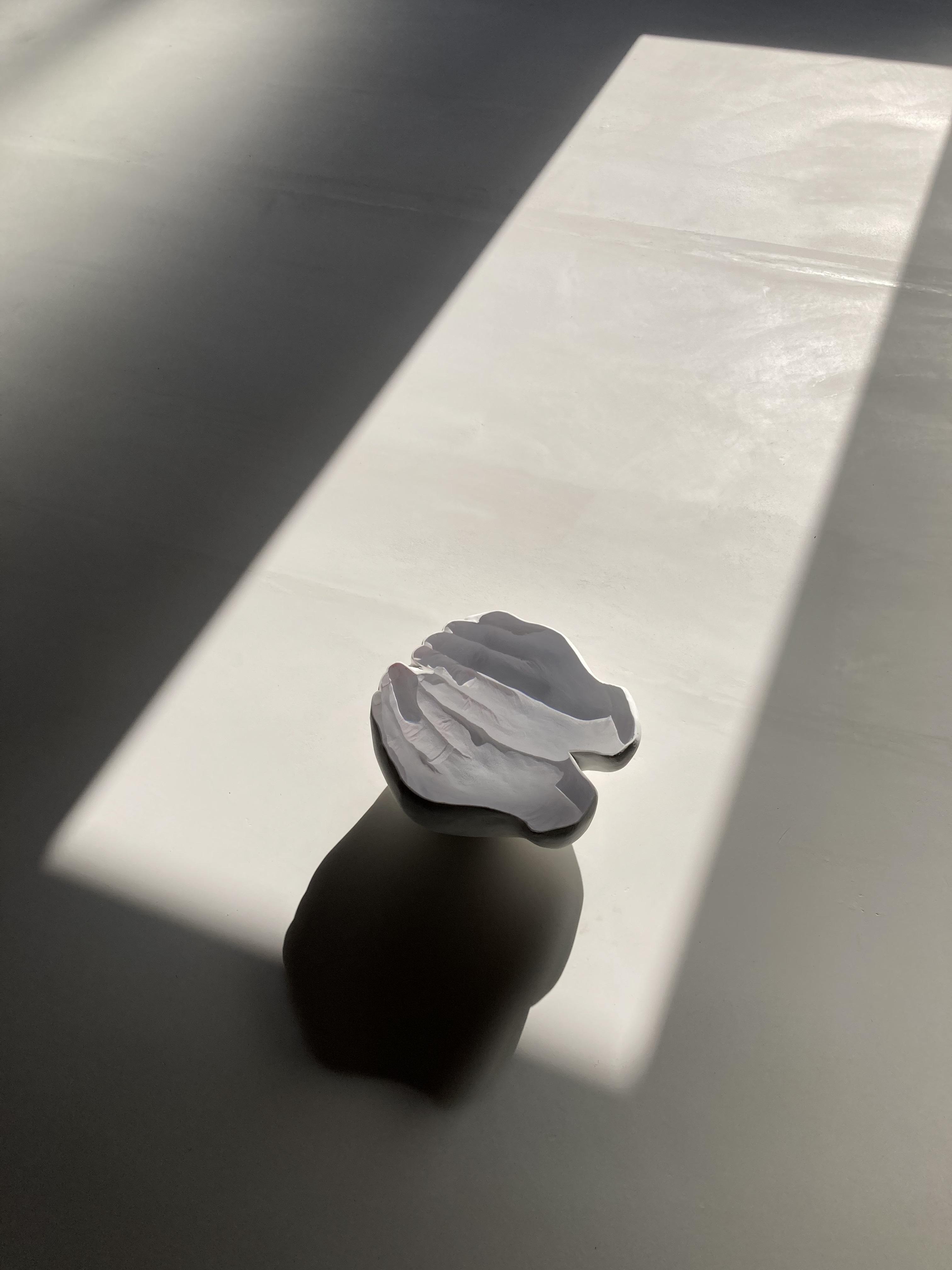
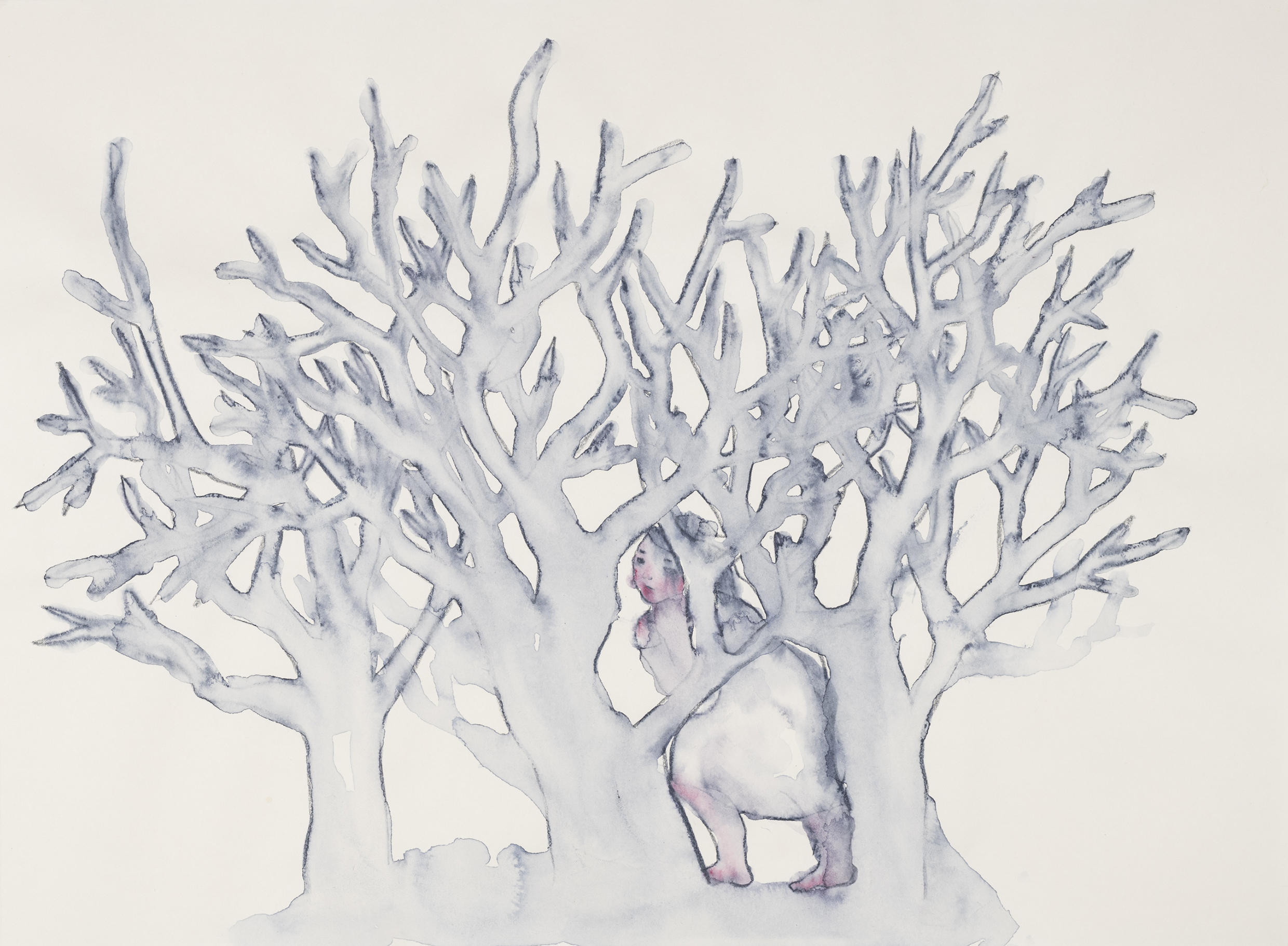
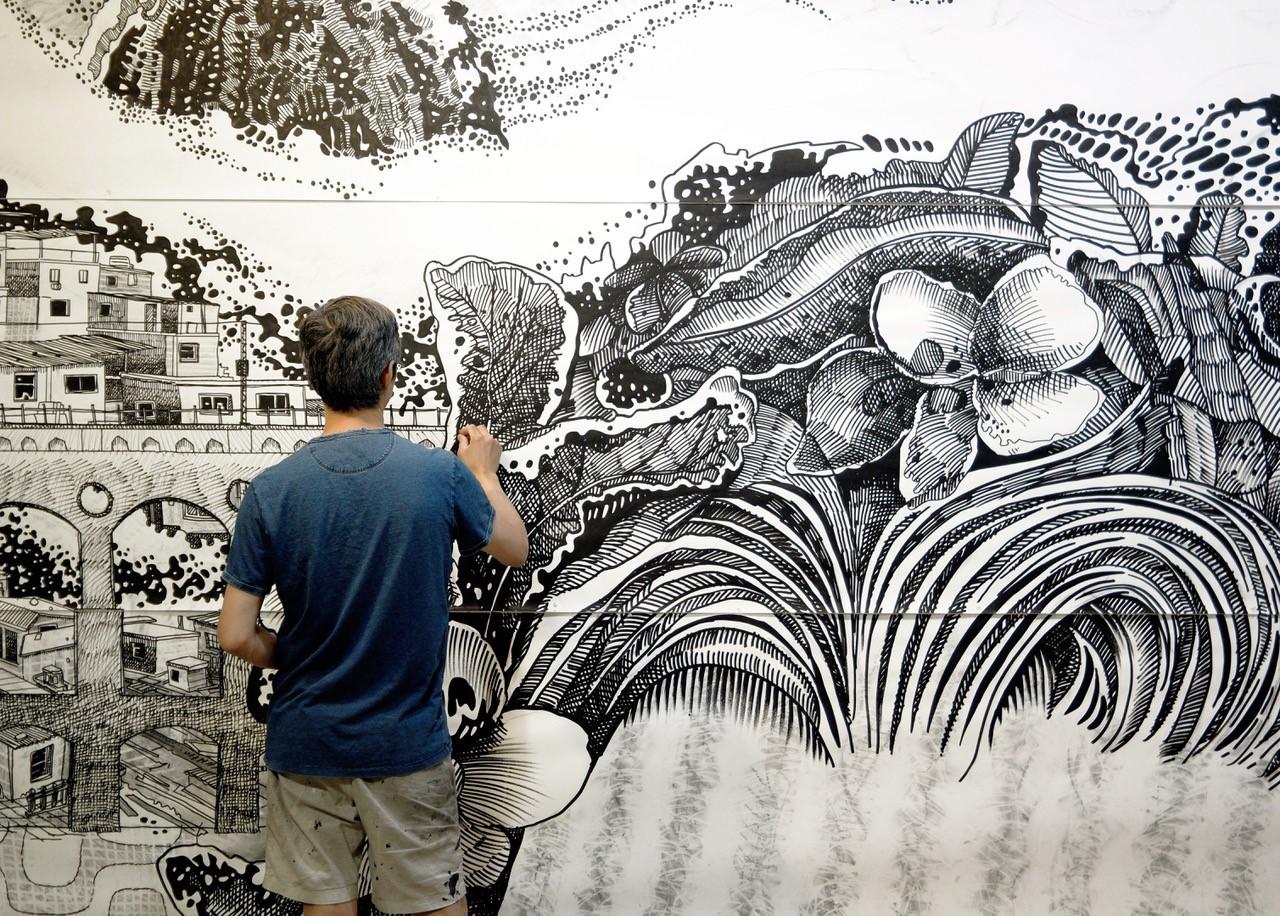
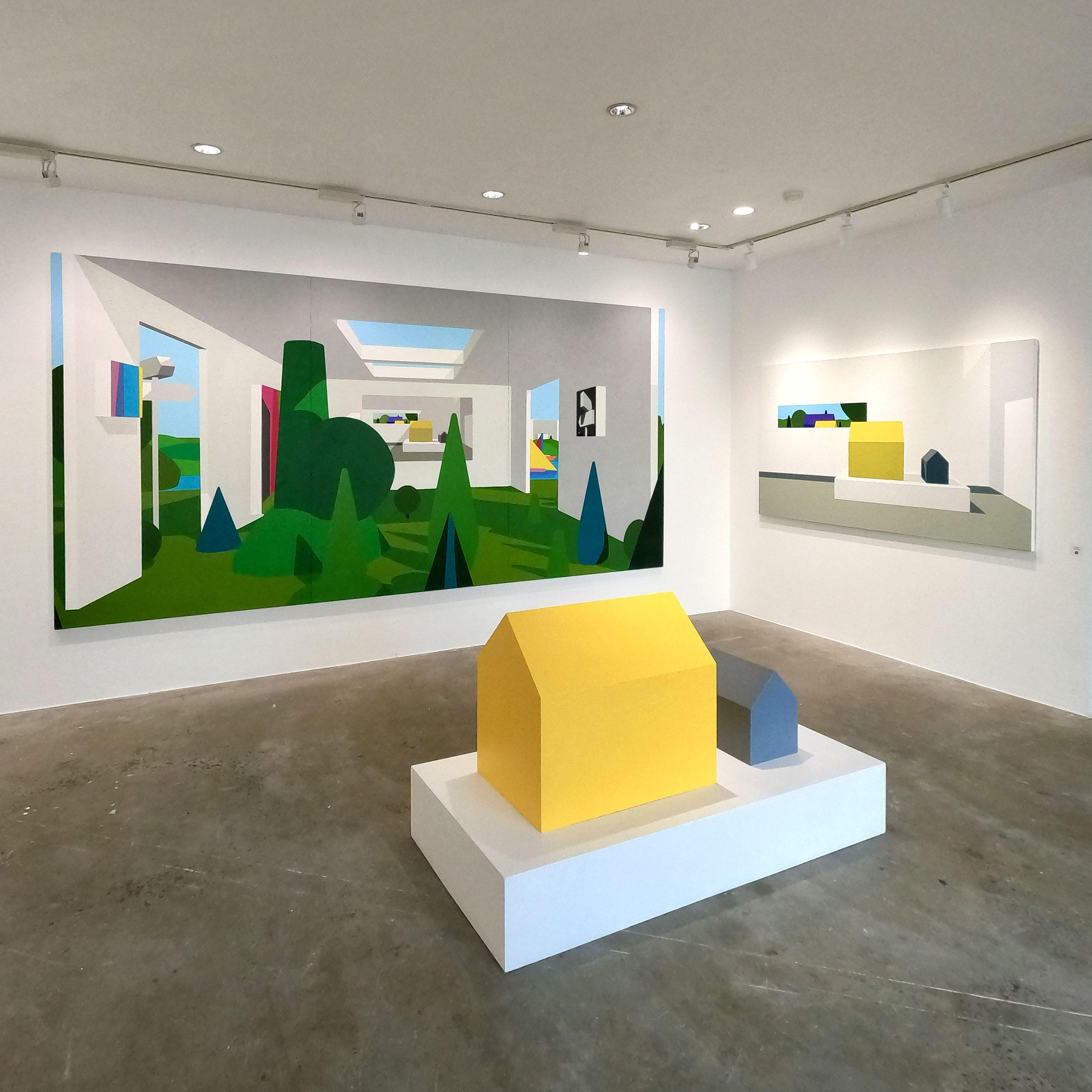
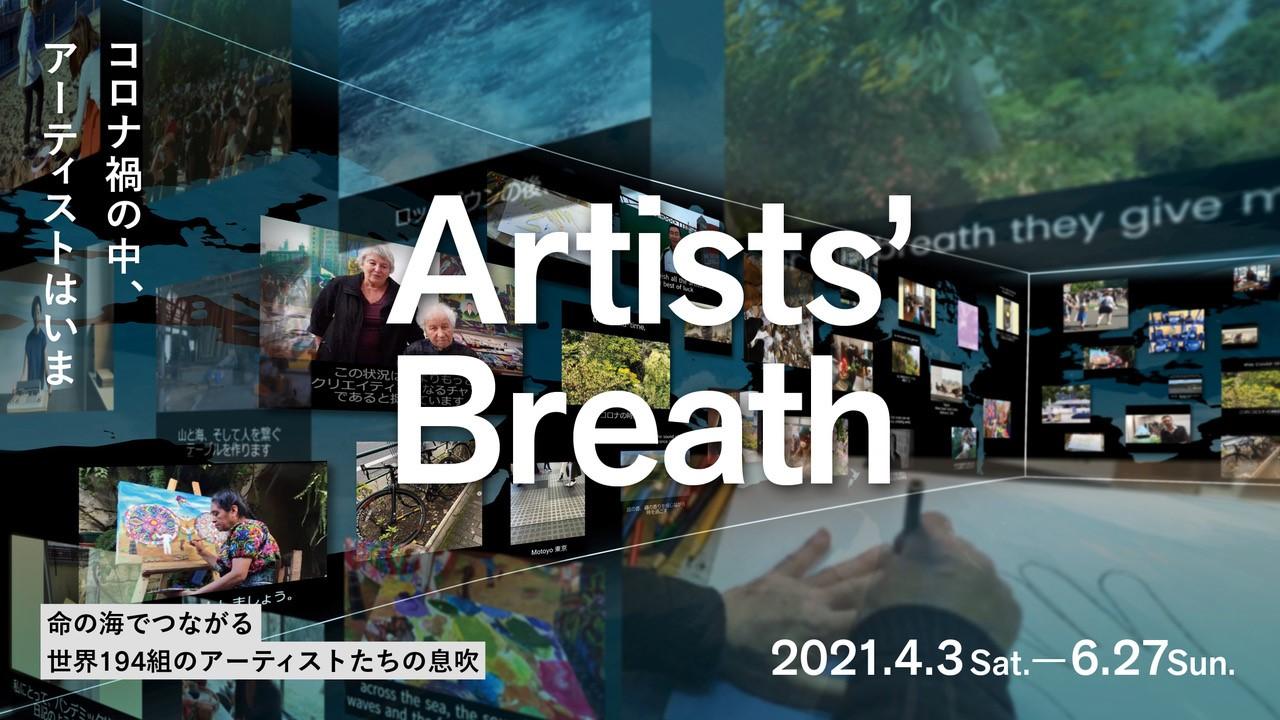
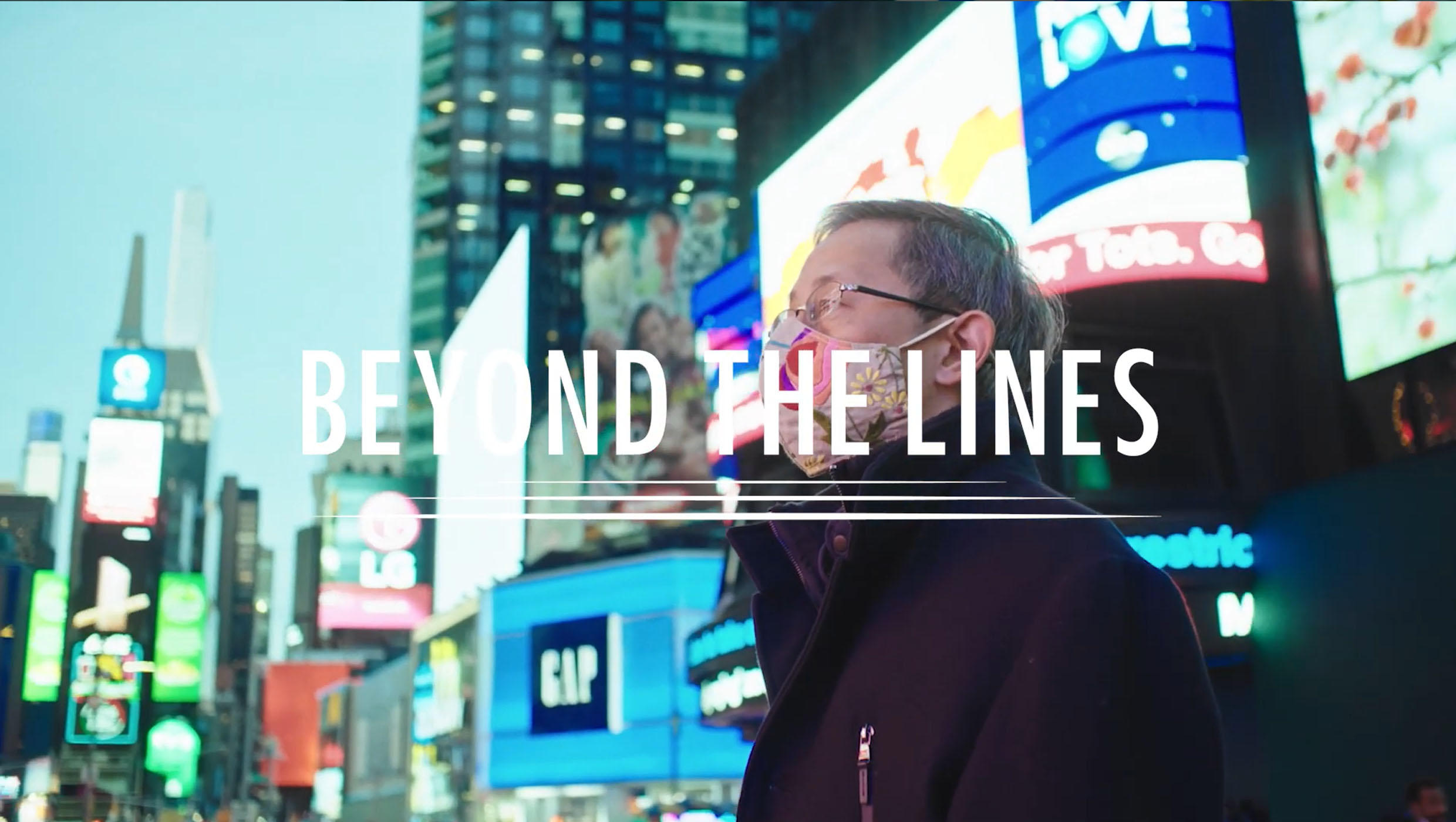
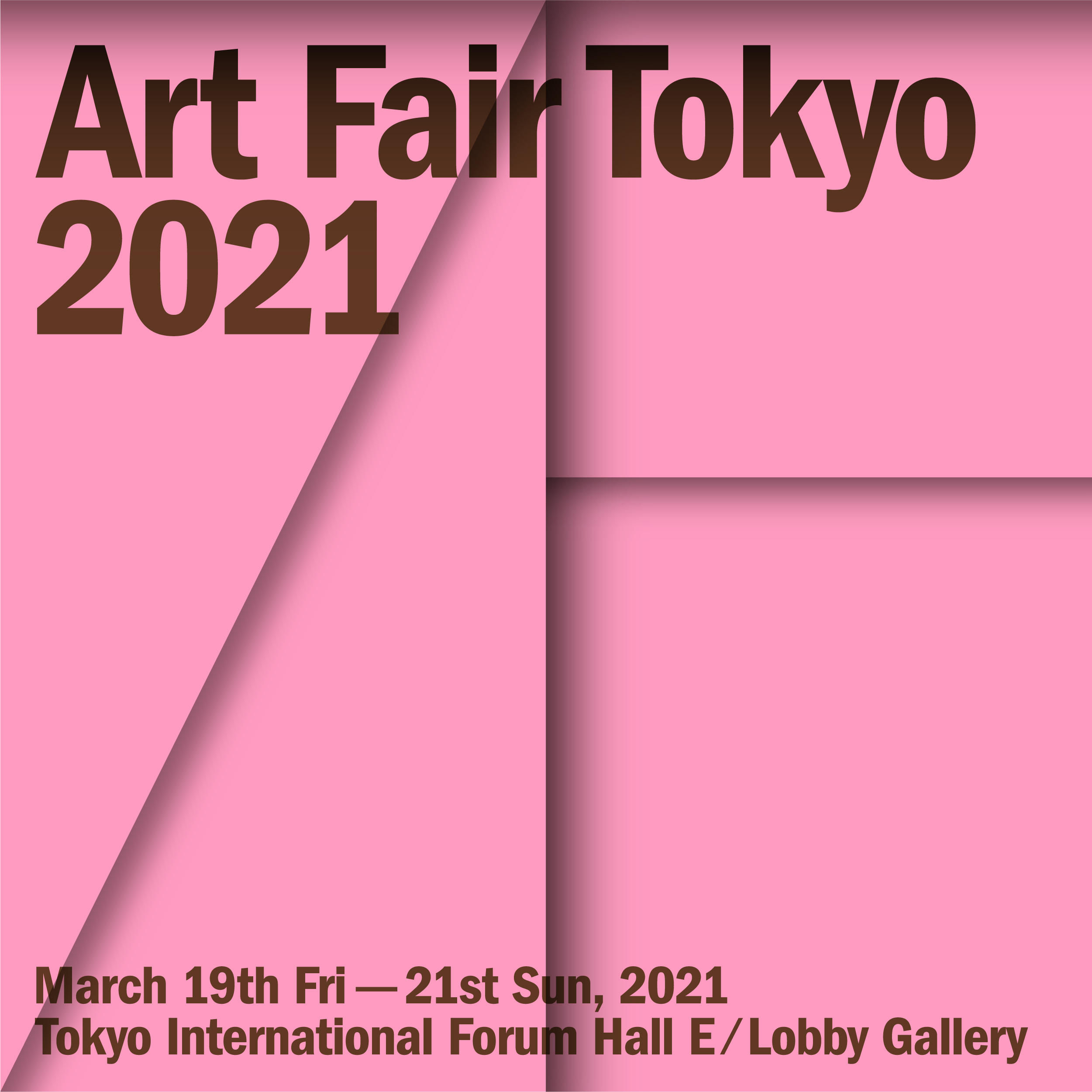
![[Upcoming Exhibition 2] Oscar Oiwa: Quarantine Series](https://artfrontgallery.com/whatsnew/assets_c/2021/02/c2861f23808c020cd95195969940730ffd67cdfb-thumb-1369x1369-8434.jpg)
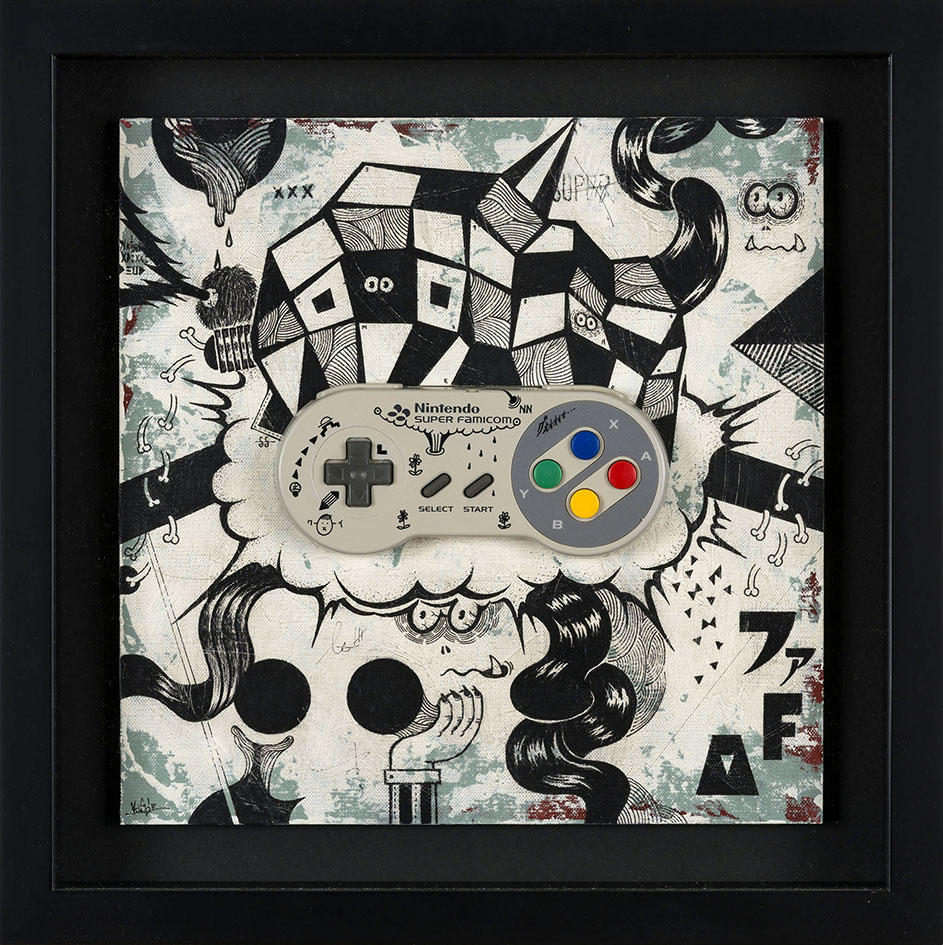
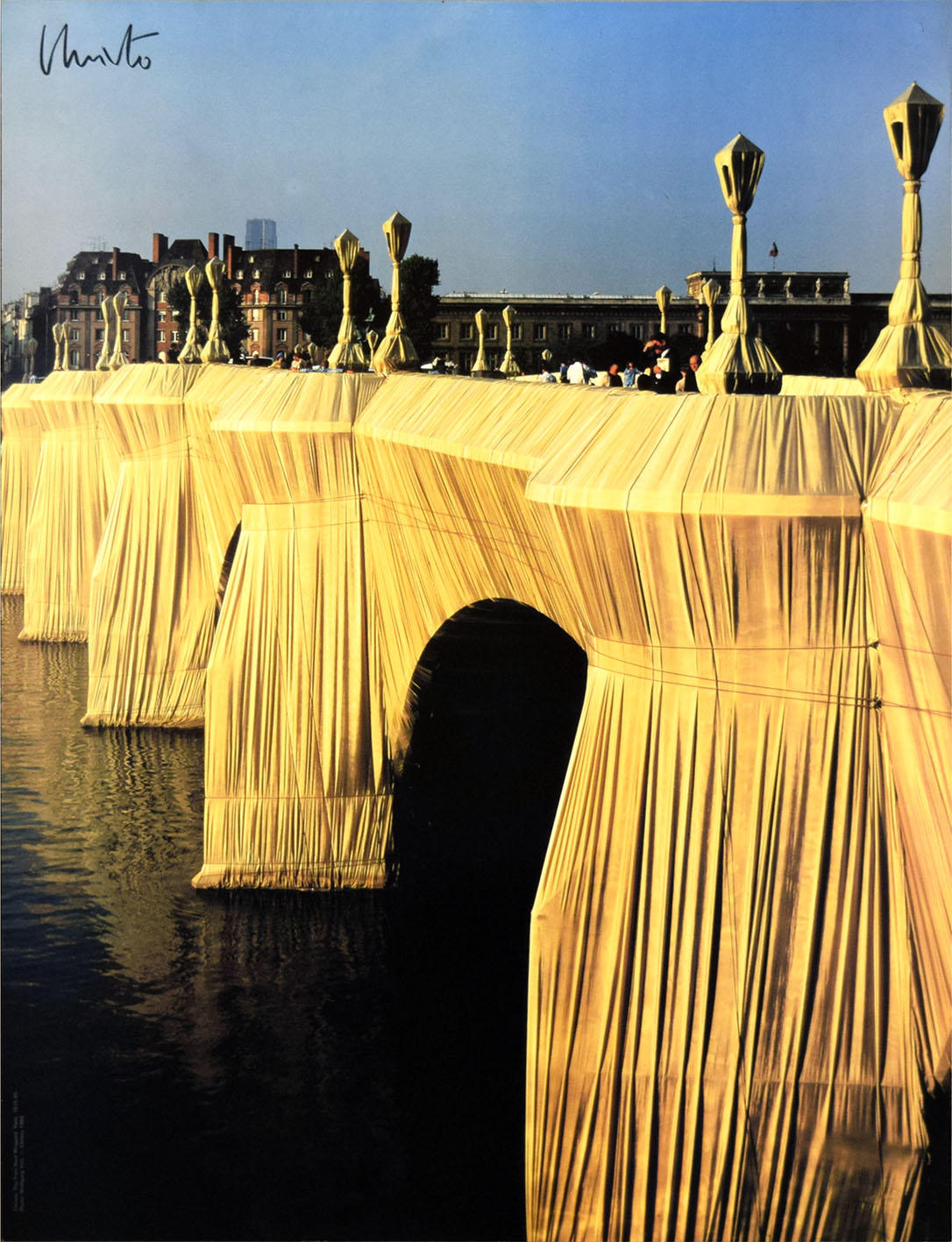
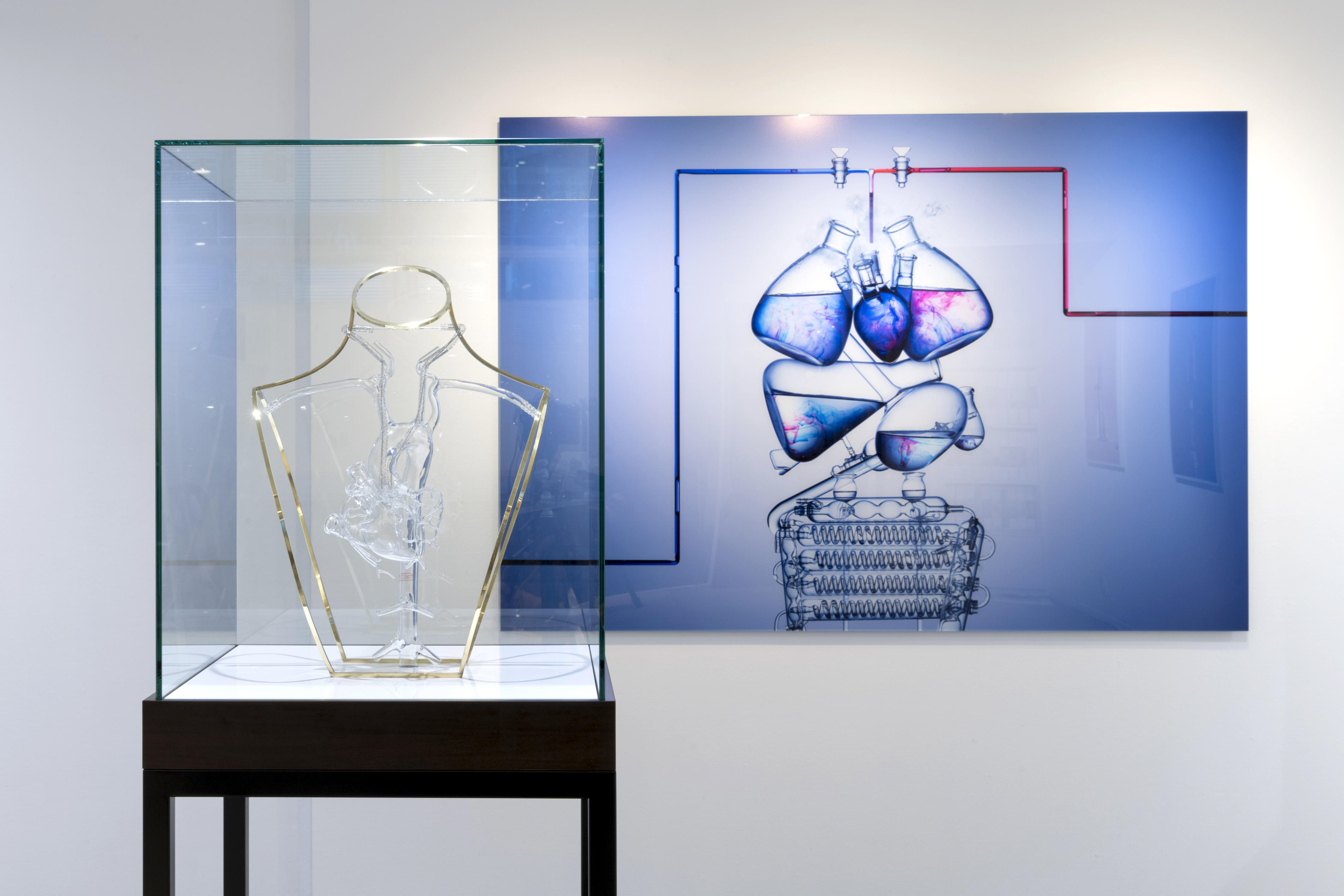
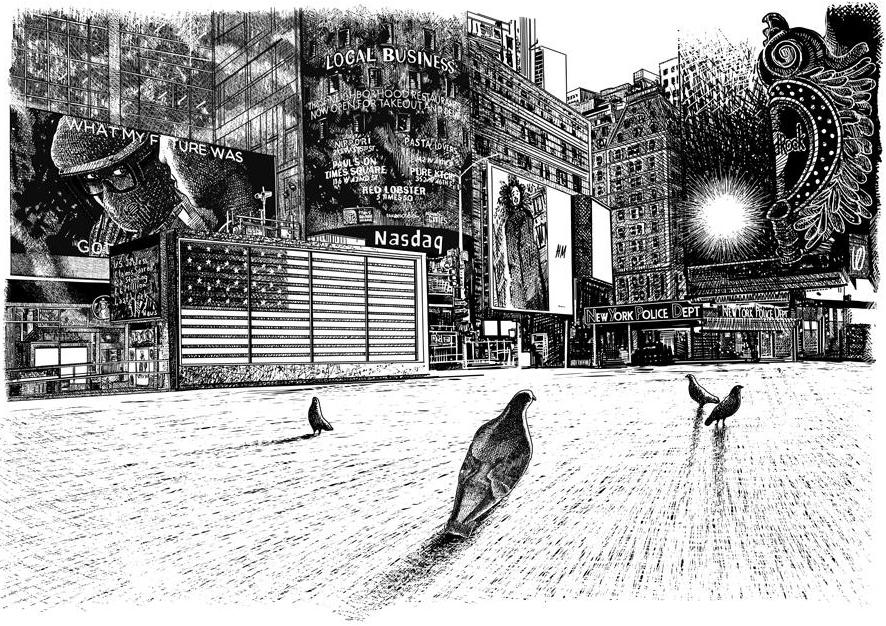

![[session extended] Related Exhibition of ART SETOUCHI @ DAIKANYAMA T-SITE anjin café](https://artfrontgallery.com/whatsnew/assets_c/2019/07/51b443e36450b17840c8fd878ff5b7350ac9f4c6-thumb-945x945-6744.jpg)
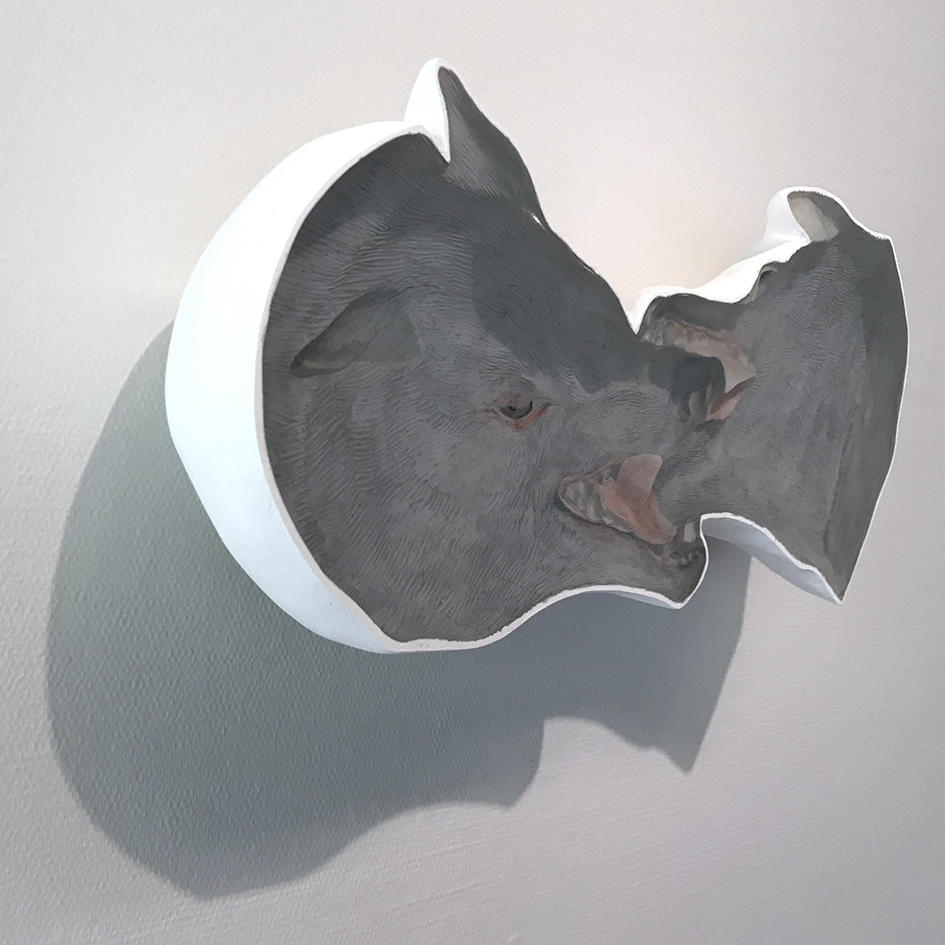
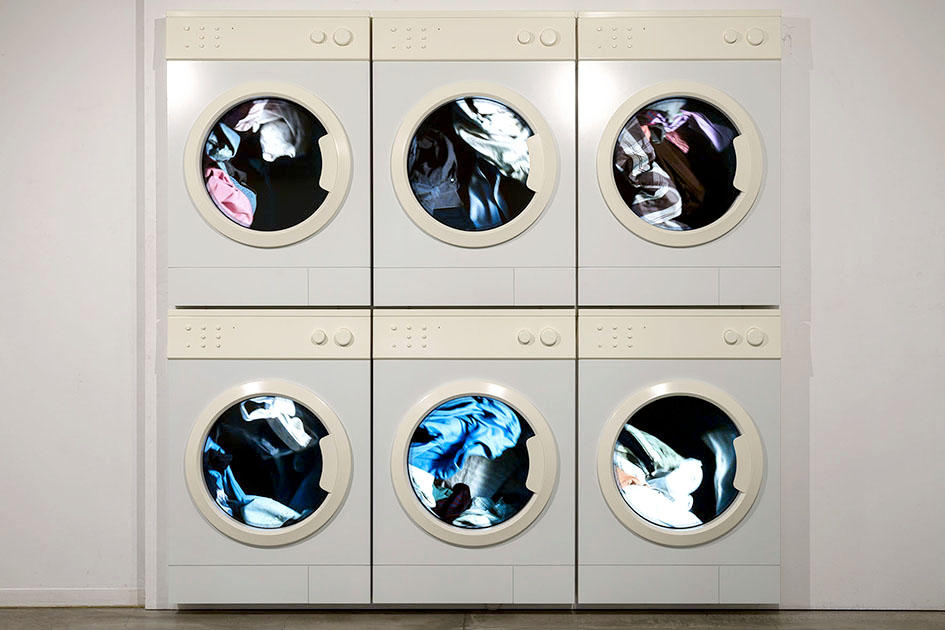
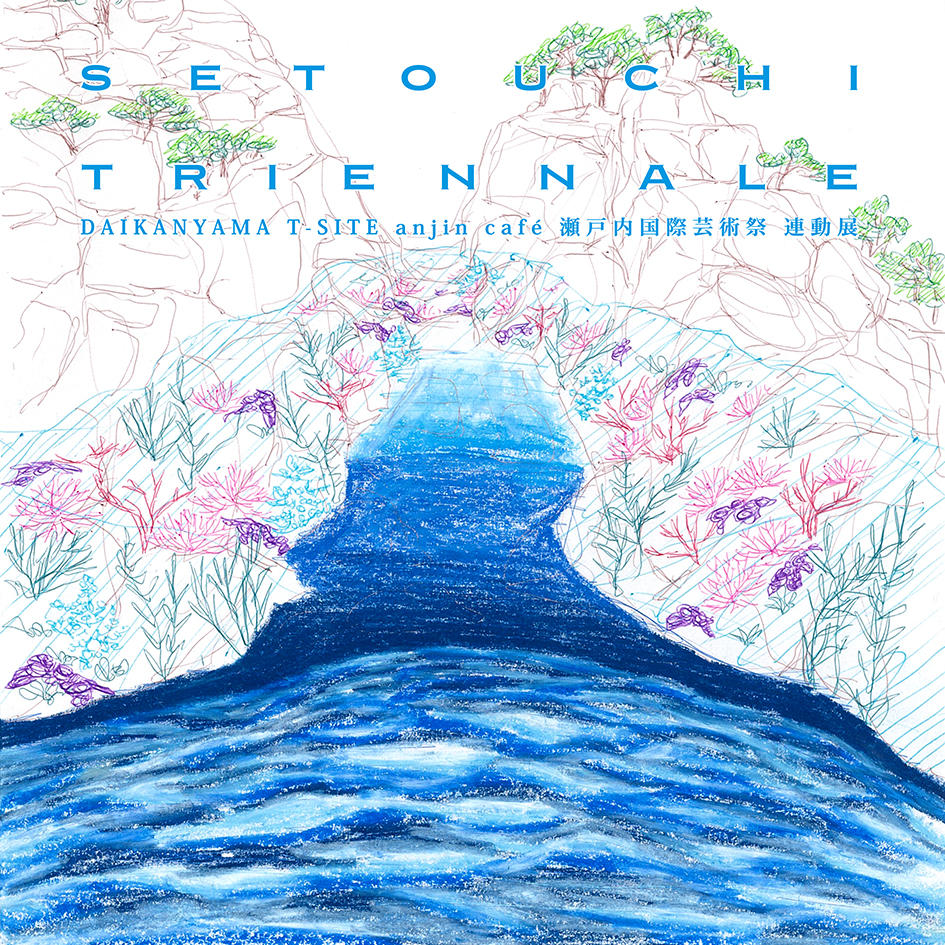
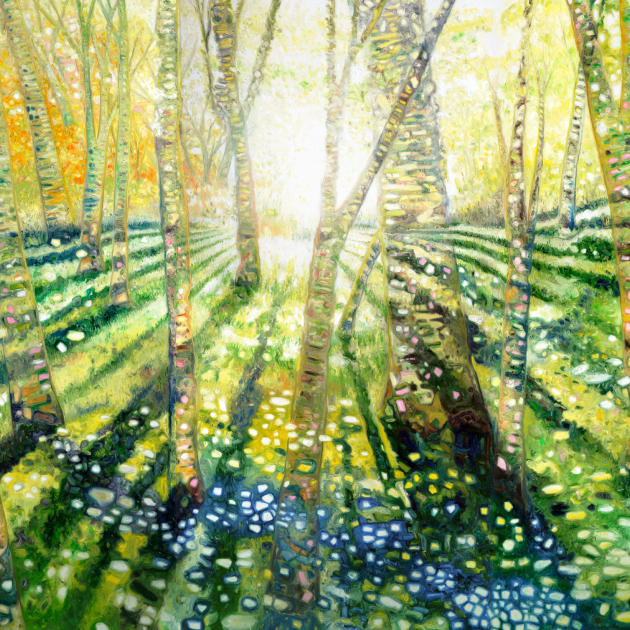
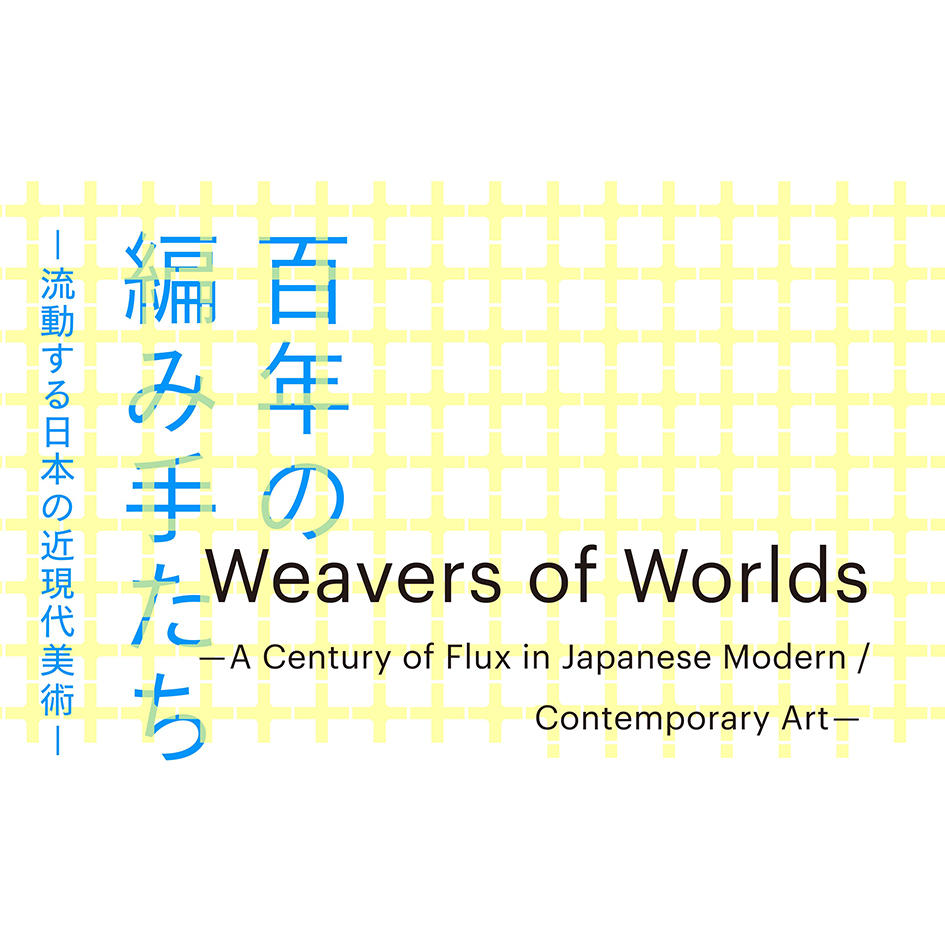
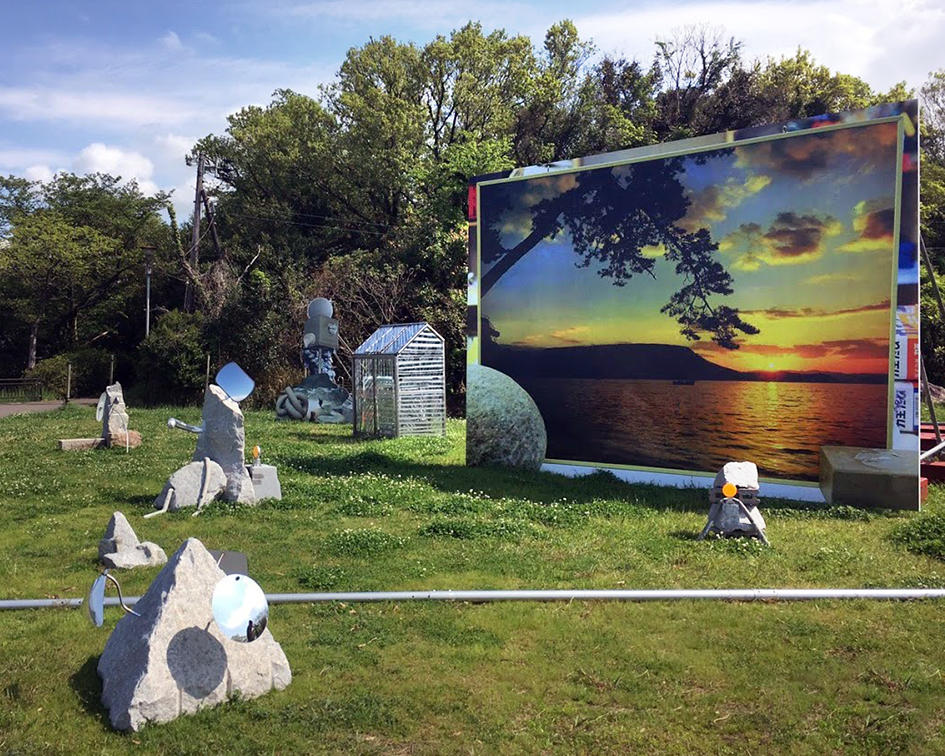
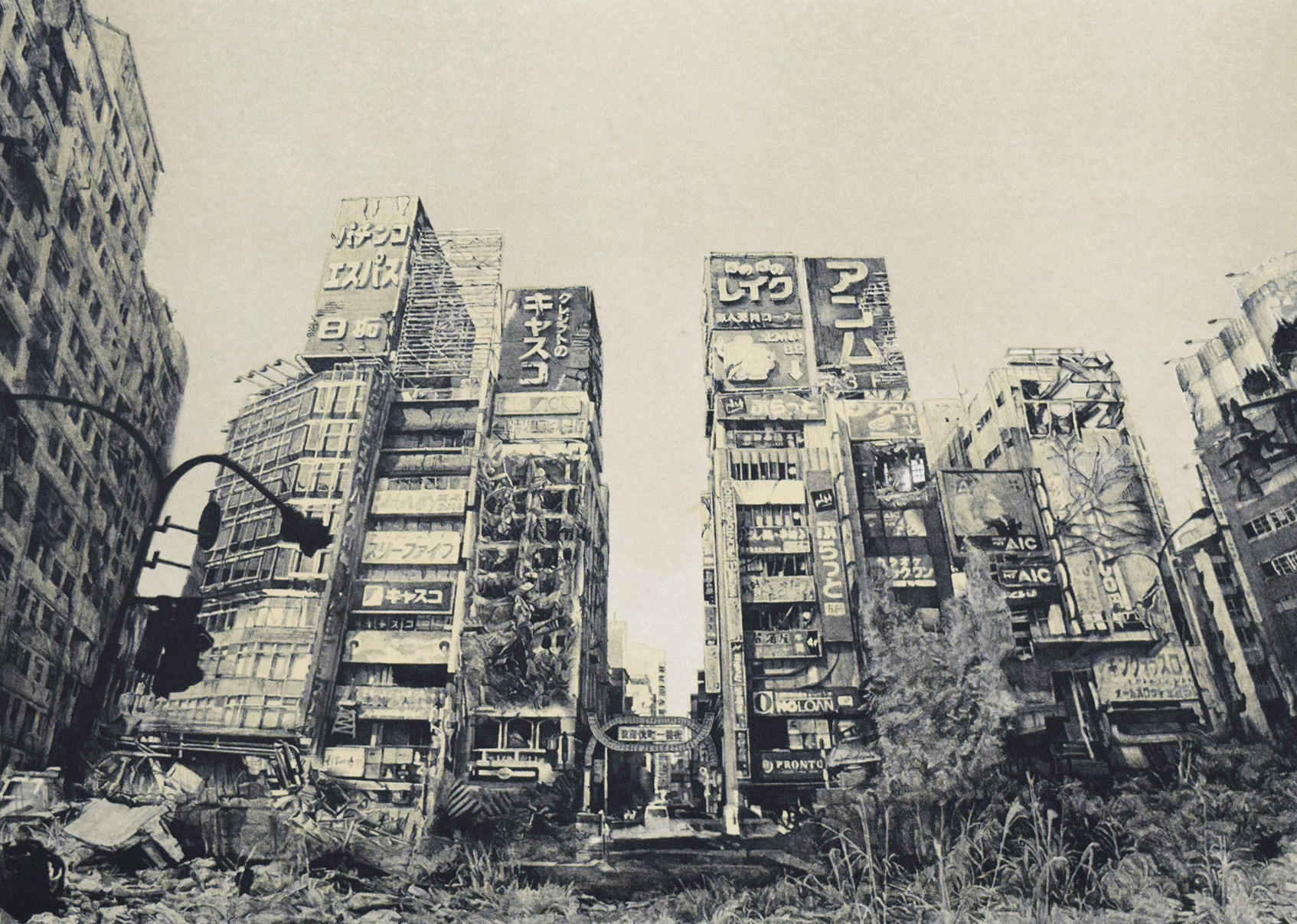
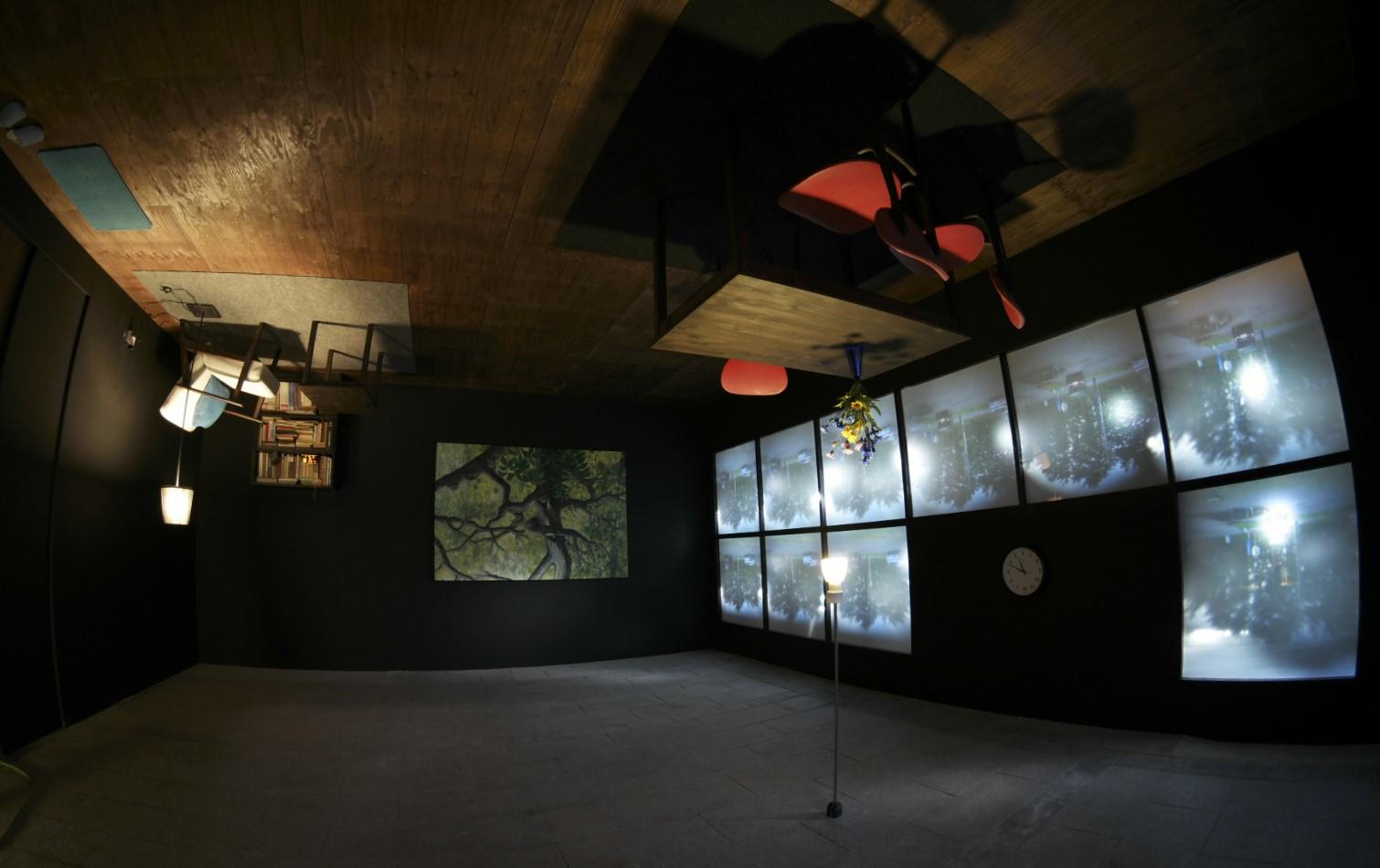
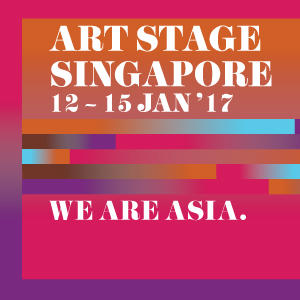
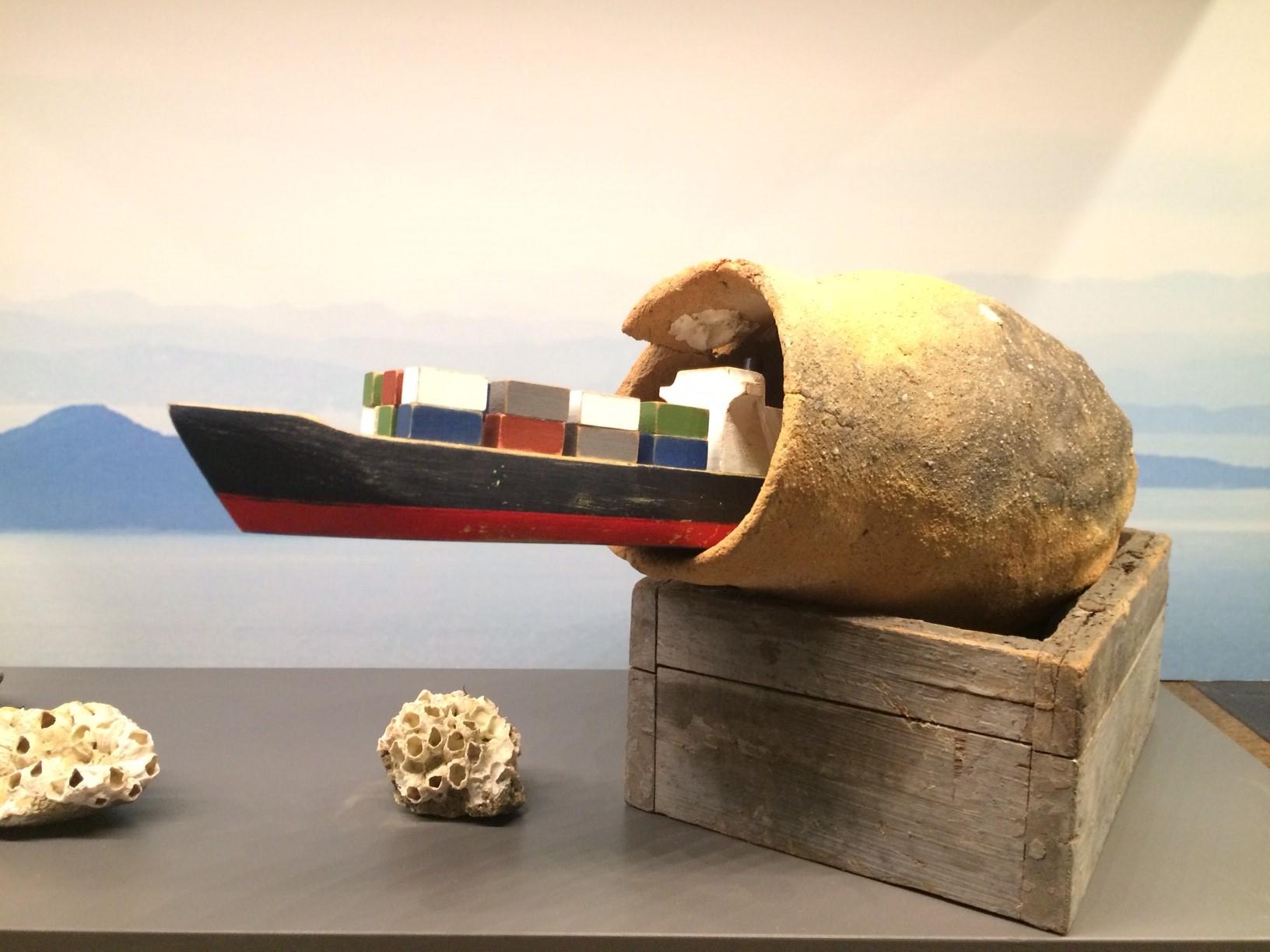
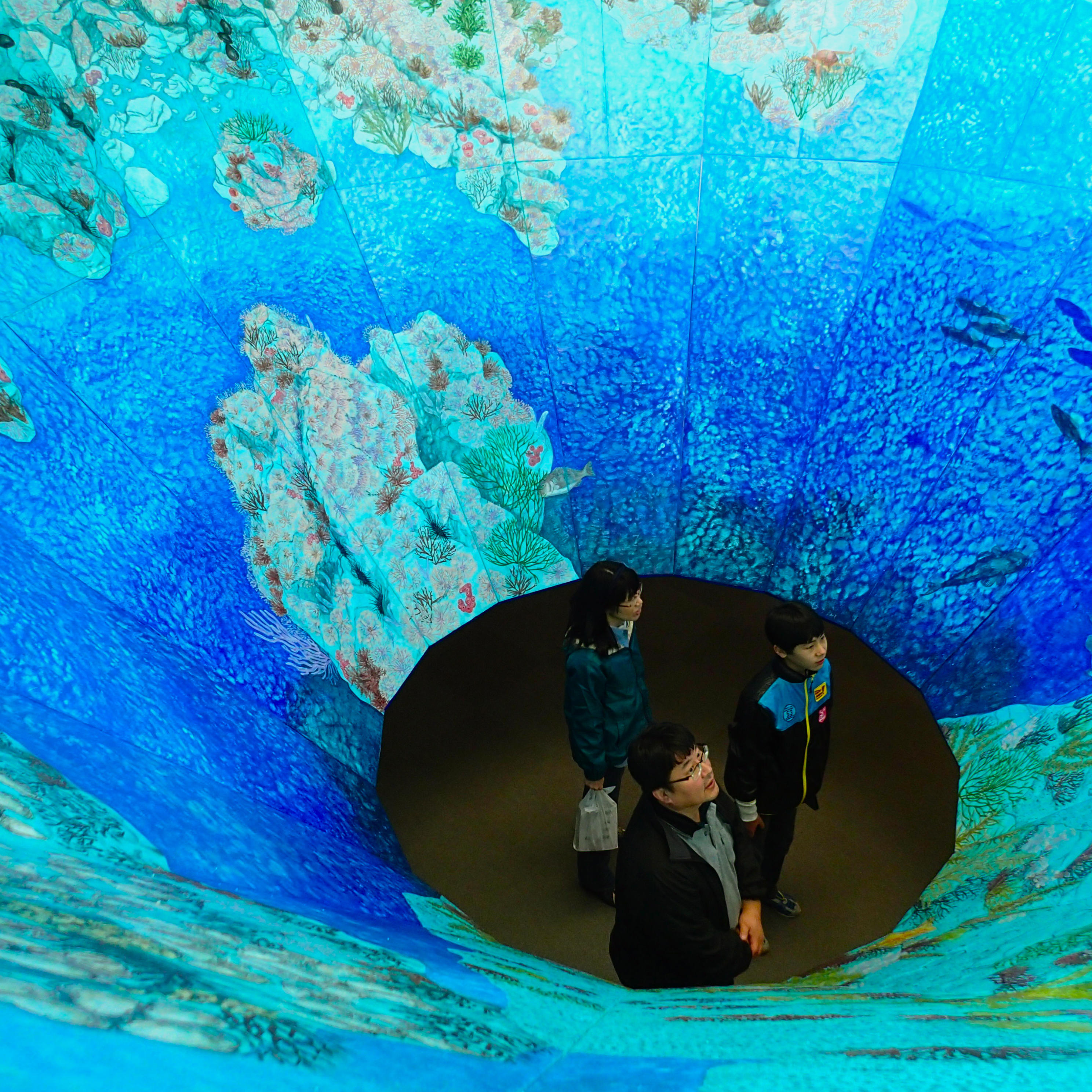
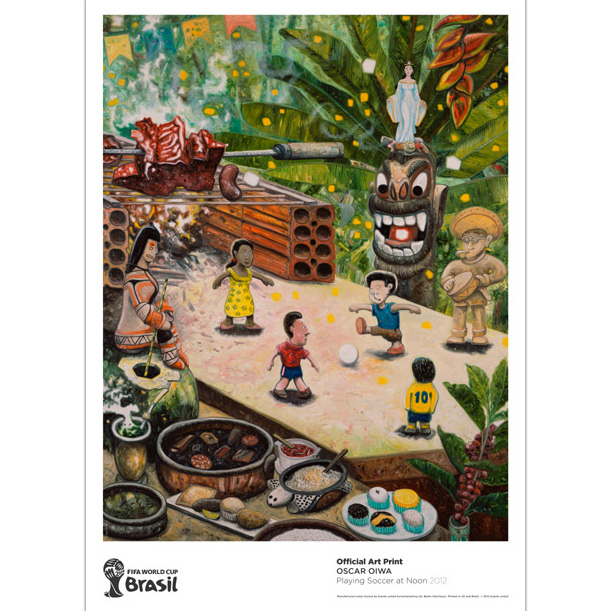
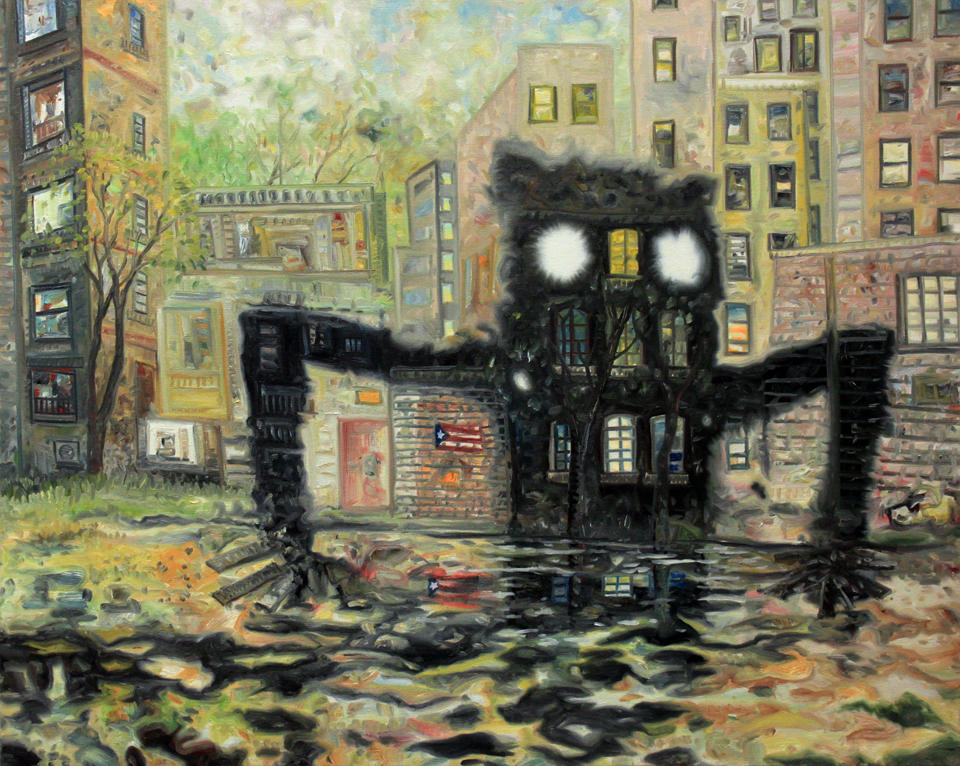
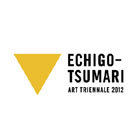
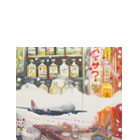
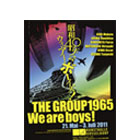

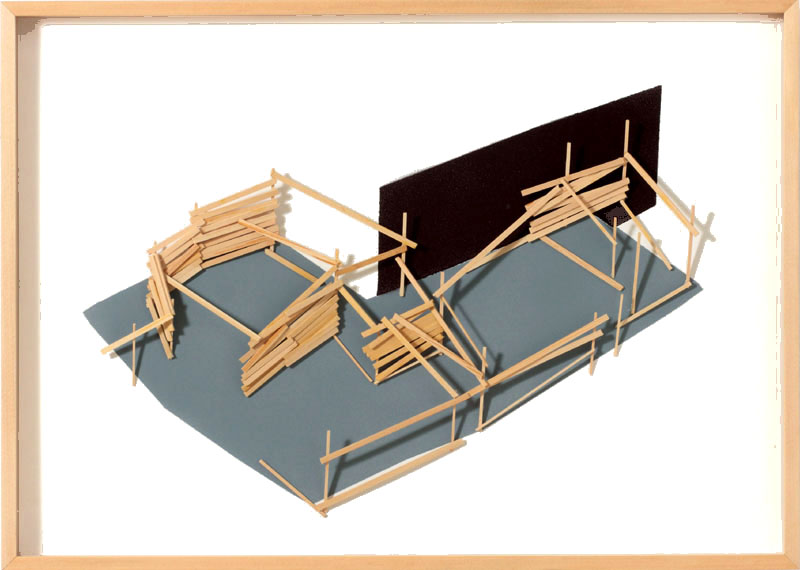
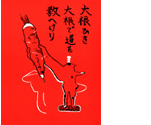
Realated Project
